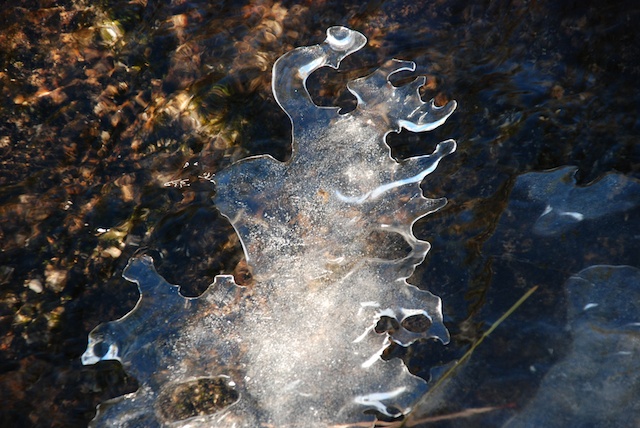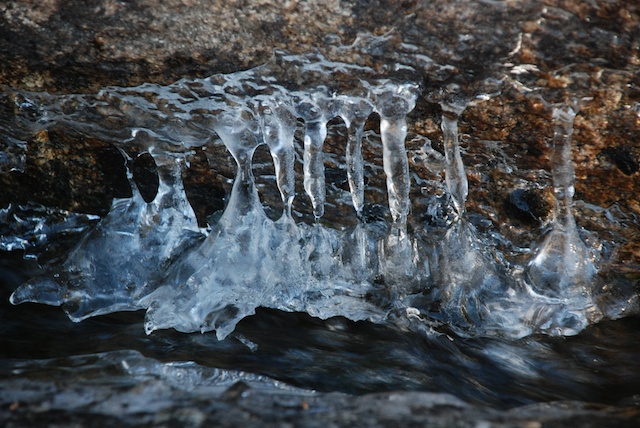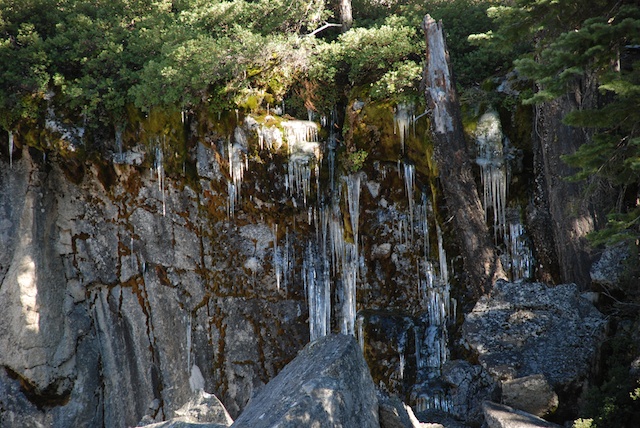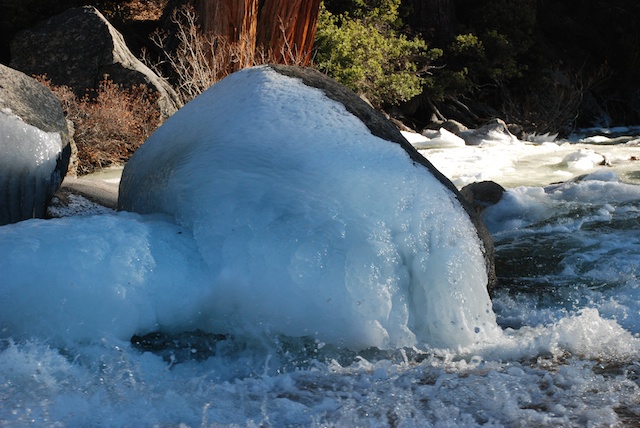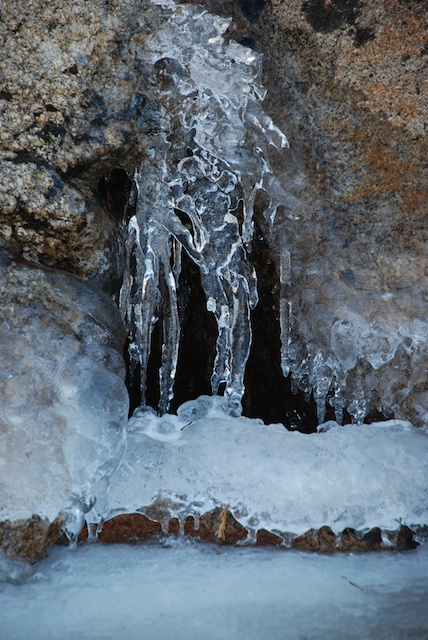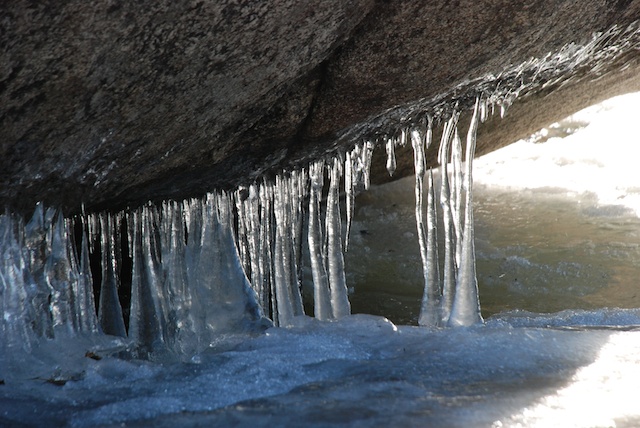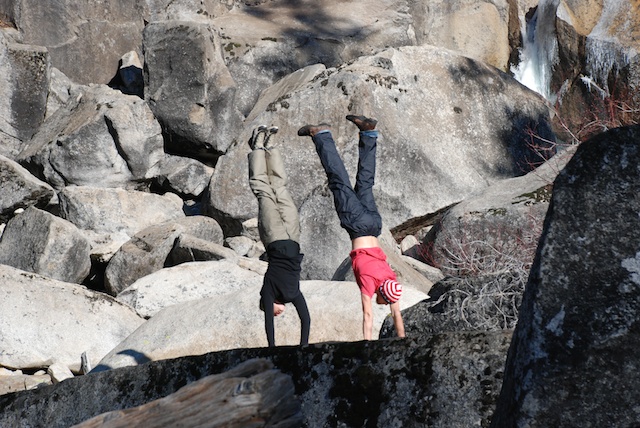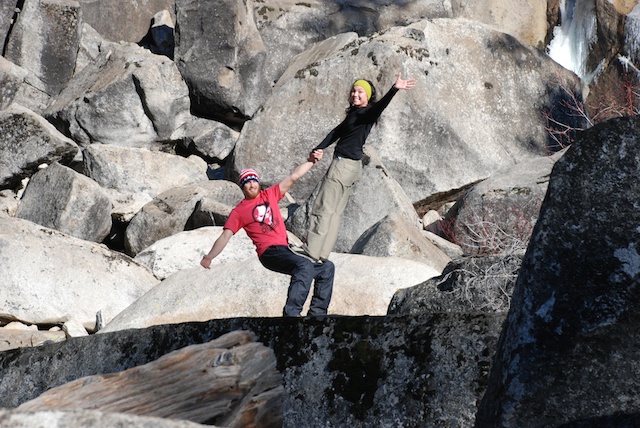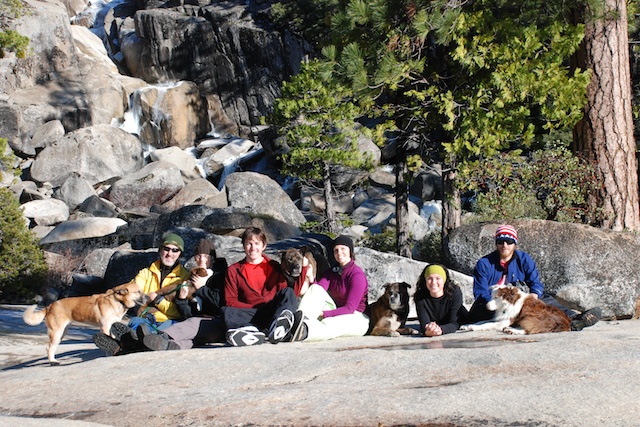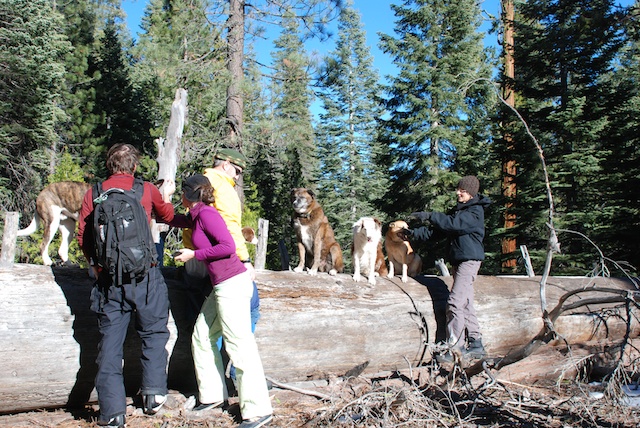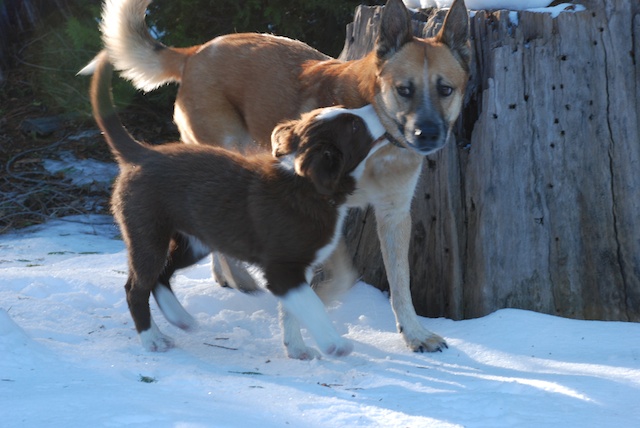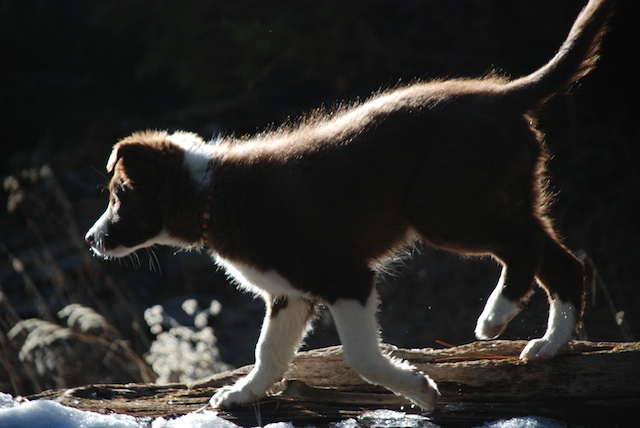I always see Mt. Diablo when I walk Across the Road (unless there is too much haze or fog). I feel a sort of weird connection to it because of the road we live on, which prompted the name of our farm, Meridian Jacobs. I wanted to DO something on my birthday and fortunately the weather was perfect for a hike. We picked up my brother on the way and arrived at Mt. Diablo State Park a little after 8 a.m.
Wikipedia says: “The Mount Diablo Meridian, established in 1851, is a principal meridian extending north and south from its initial point atop Mount Diablo in California.”
I took a lot of photos but I have to narrow it down for a blog post. There are probably more in this post than there should be. It’s hard to portray the true essence of the hike in my photos.
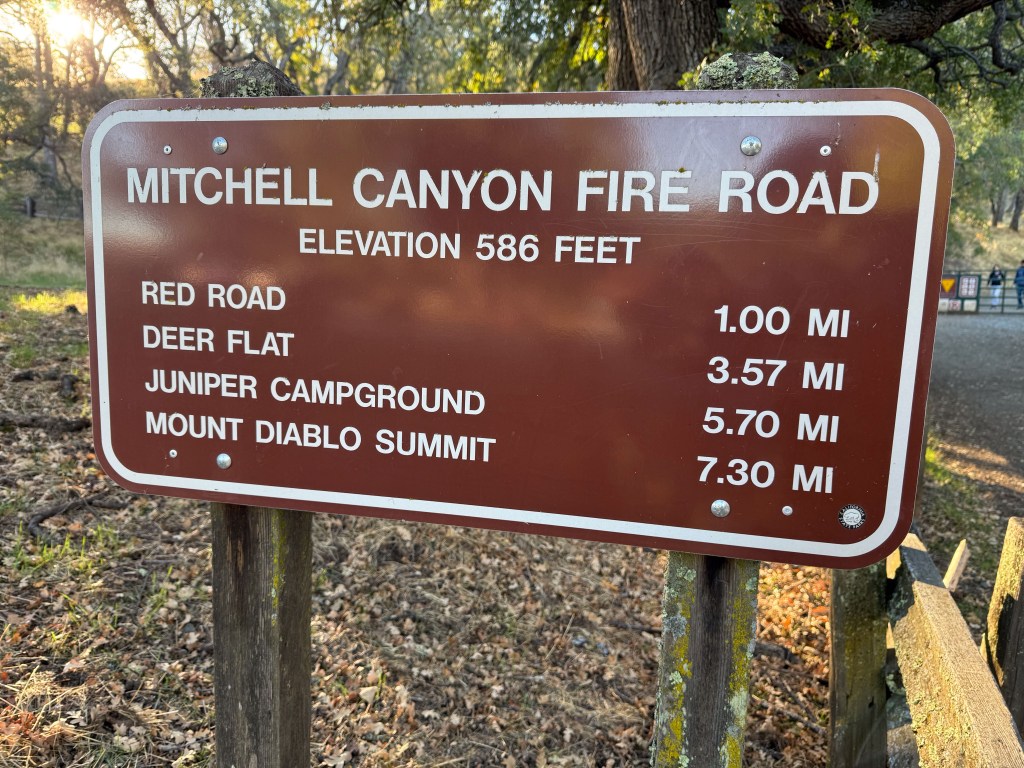
I wanted to get to the summit. Not long after we started we spoke to someone who said the direction we were headed was very steep and suggested a different route.
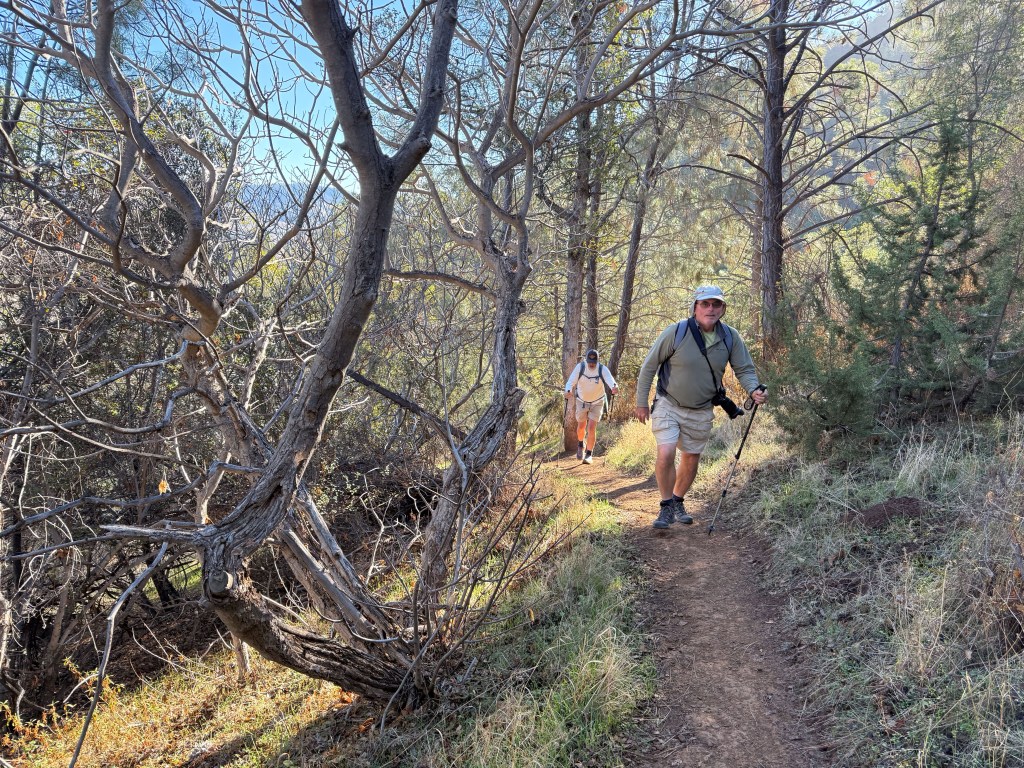
We had a map that showed all the trails and decided to start on a different one than what we’d planned.

Double checking the location.

We’re still smiling!

One of several peaks on the way to our goal. The sign say elevation 2369. I thought about adding a 1 in front of the 2. That’s sort of how it felt since we live in the flatland and lately all the walking has been flat. This was about 10:30.

I took this photo around noon. That point on the mountain is our goal and Dave thought that we should get there by 1 p.m. to make sure we had plenty of time to get back before dark.

This is where that arrow points.

Not many flowers yet, but things are greening up and showing promise of a beautiful spring. We did see a lot of this vine that I recognize from other oak-woodland hikes.
There was a point where we had a choice to take a one-mile “short-cut” to the top (steep, we were warned by someone coming down) or another two miles with ups and downs. We split up here. Dan took a different route that Dave and I would follow later back down the mountain. Dave and I went to the top.

Since you may not be able to read the sign I’ll repeat it here: “Mount Diablo, sacred to Native Americans who lived and worshipped there for over 5000 years, became a critical reference point for Spanish explorers in the 18th century, and American trappers and early California settlers in the 19th. In 1851 Colonel Leander Ransome established the crossing of the Mount Diablo base and meridian lines from which most of California and Nevada are surveyed.”

In the days before electronic navigation the light on top of the rotunda (once on a 75-foot tower) served as a crucial route-finding aid. It was turned off after the attack on Pearl Harbor amid fears that it could guide the enemy to an attack on the mainland. It is now dark except when it is lit on December 7 as a memorial to those who died at Pearl Harbor.
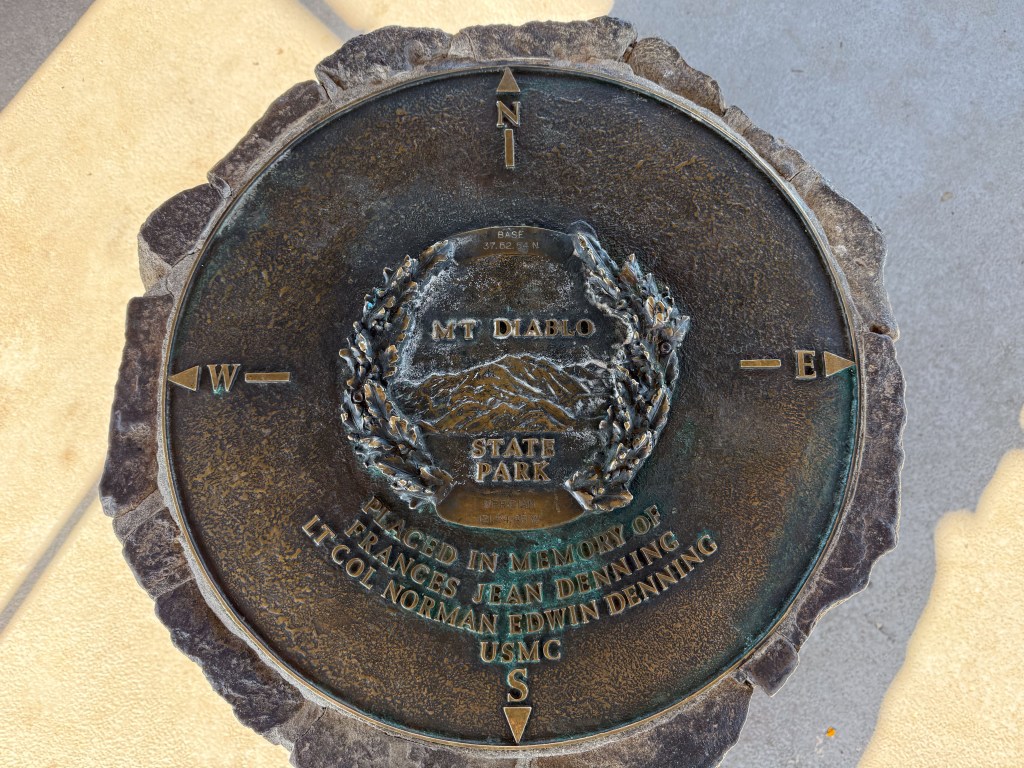
This is inside the rotunda.


View north-northwest.

View to the north. If I can see this mountain from where I live it seems as though I should be able to see my house from the mountain. I guess not. It’s out there somewhere. You can make out the windmills that are south east of our farm and we think what you can barely see left of center under the horizon is Travis AFB.

This is the view of the rotunda on our way down the mountain.

View to the east.

We saw a little bit of fall color. I took few photos on the hike back down. It was the most challenging part of the day. We followed a dirt road that is used to access communication towers on another mountain top. Downhill and a road. Sounds easy, right? It was so steep in parts that if I hadn’t had a walking stick to brace against I would have been slipping the whole time on those parts. Even with the stick it seemed treacherous. I hadn’t thought to bring walking sticks, but Dan and Dave had. On the way down Dan had left one of his with me. Once I started hiking this road I realized that his trip would have been extra challenging with his new knee joint and using only one stick.

We got back to the car before dark.
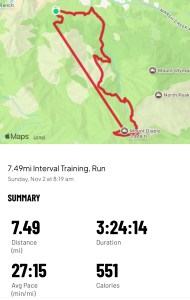
I had turned on my Map My Walk app before starting (blue dot). Somehow it turned off not long after we started and only started up again when we were sitting on the top eating lunch. So these stats are only half of the hike. We think our hike was 13 to14 miles. A good day.



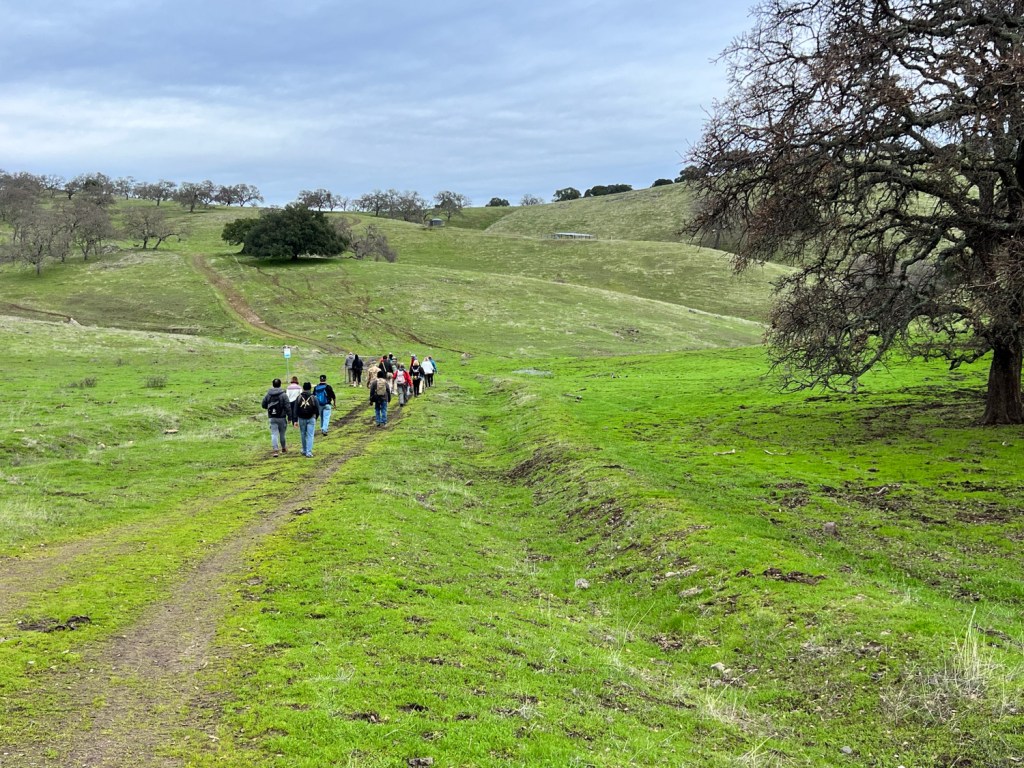
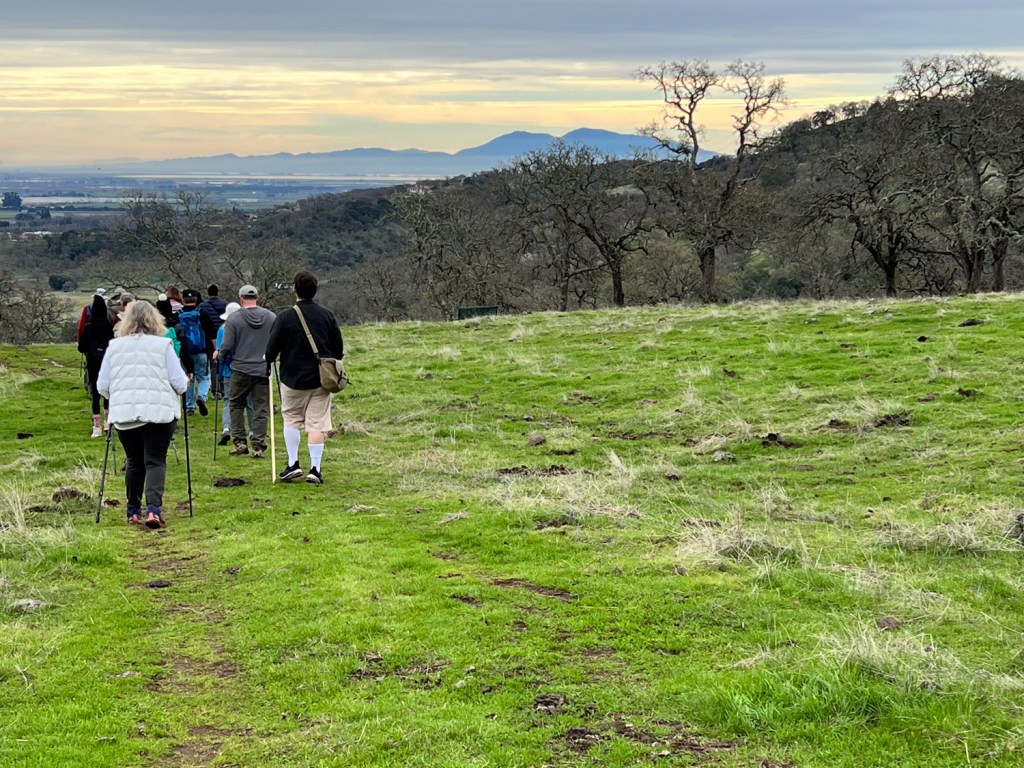
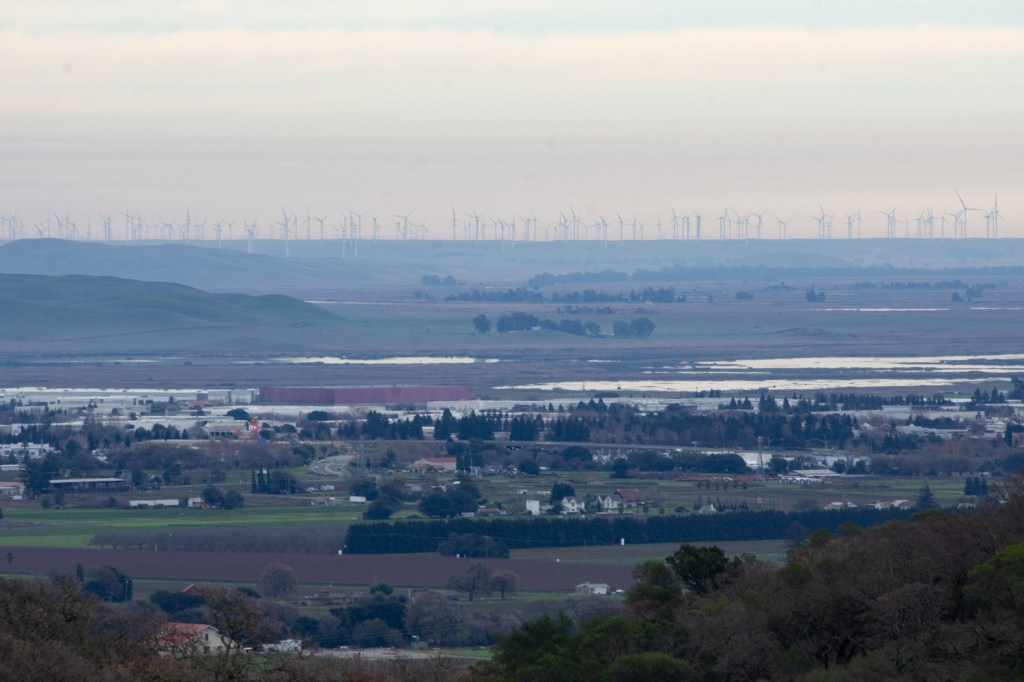
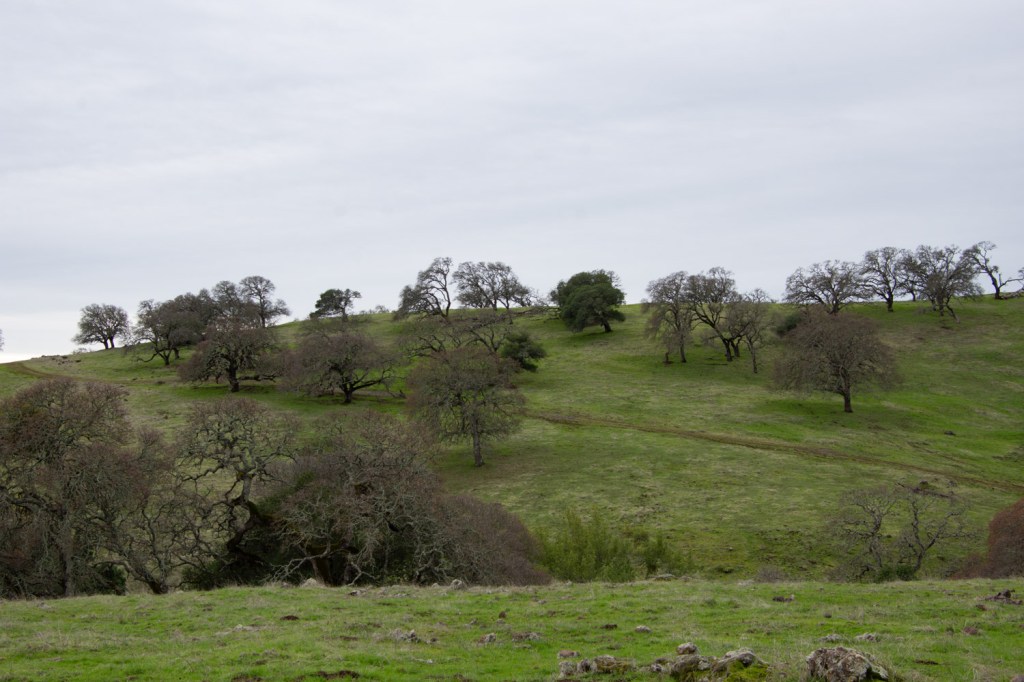
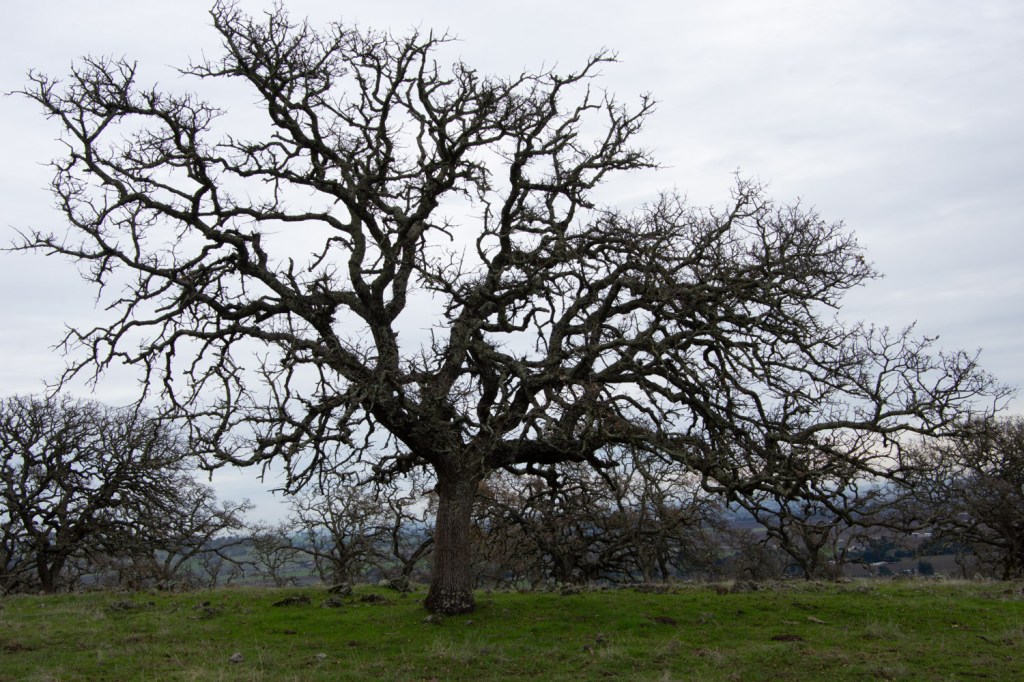




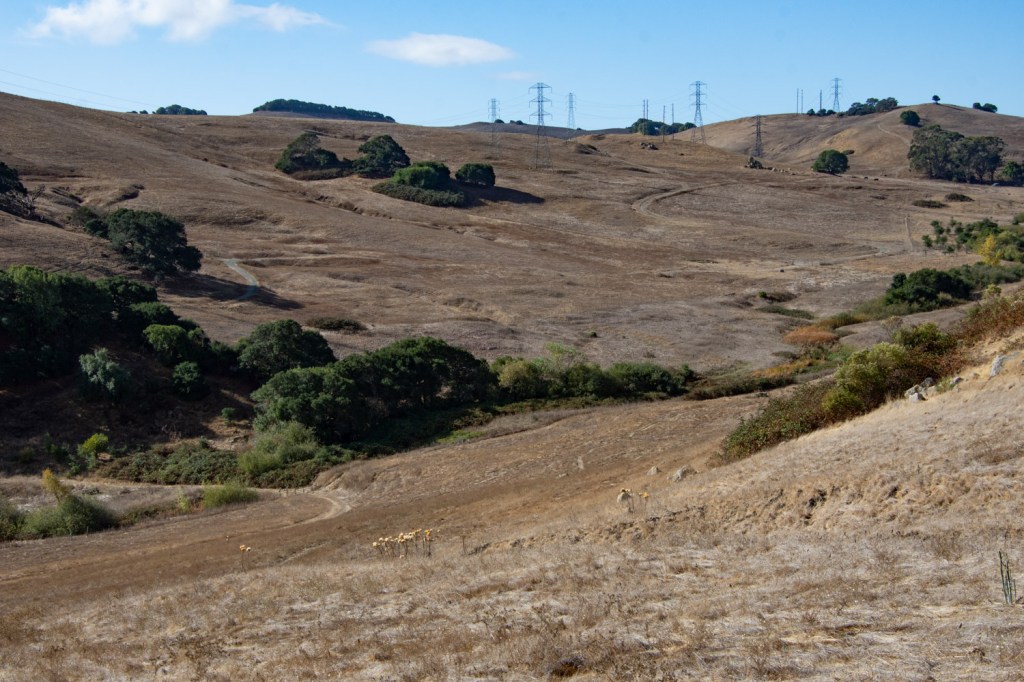


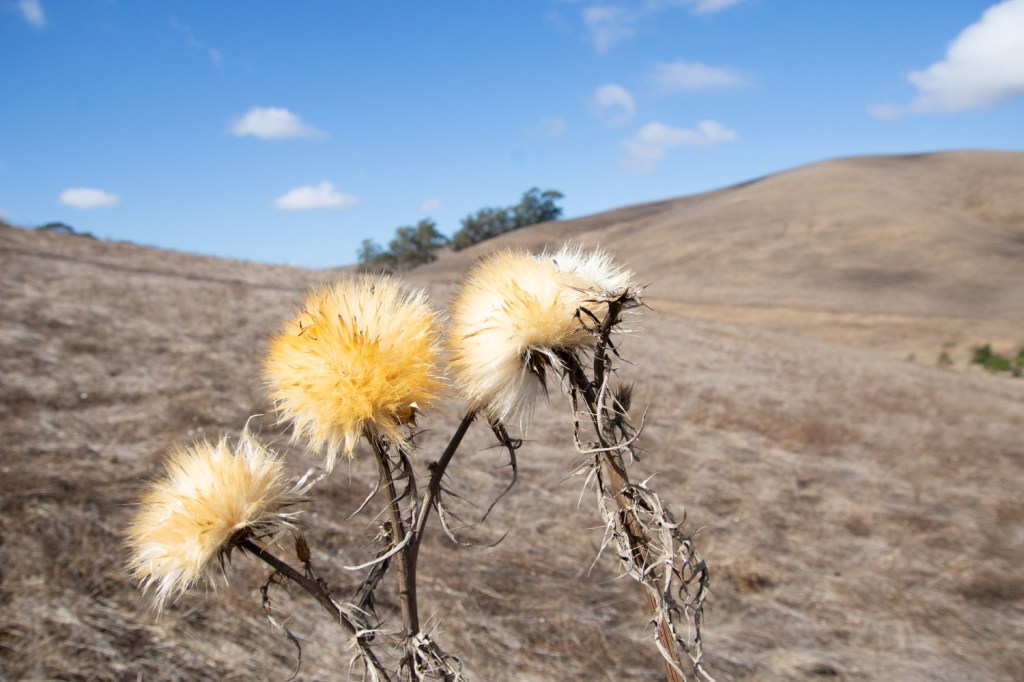
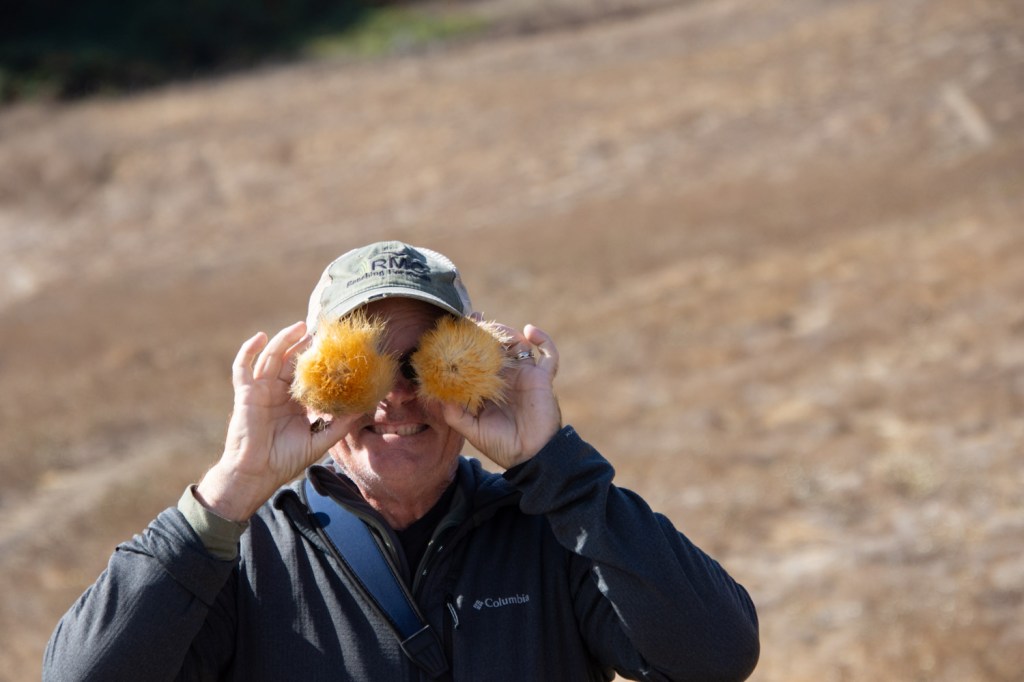
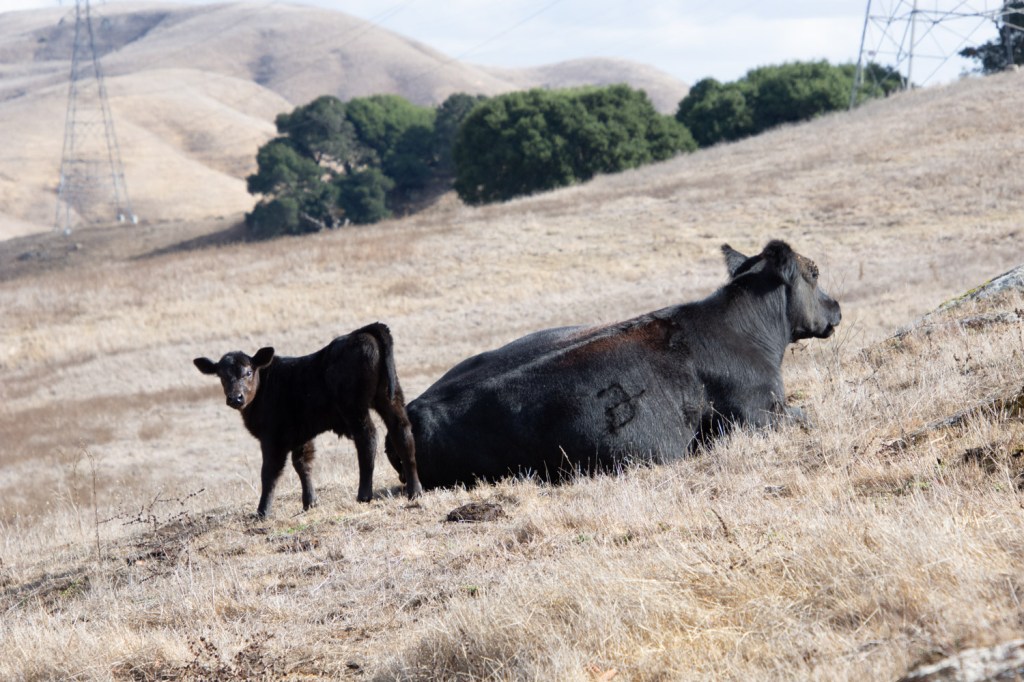


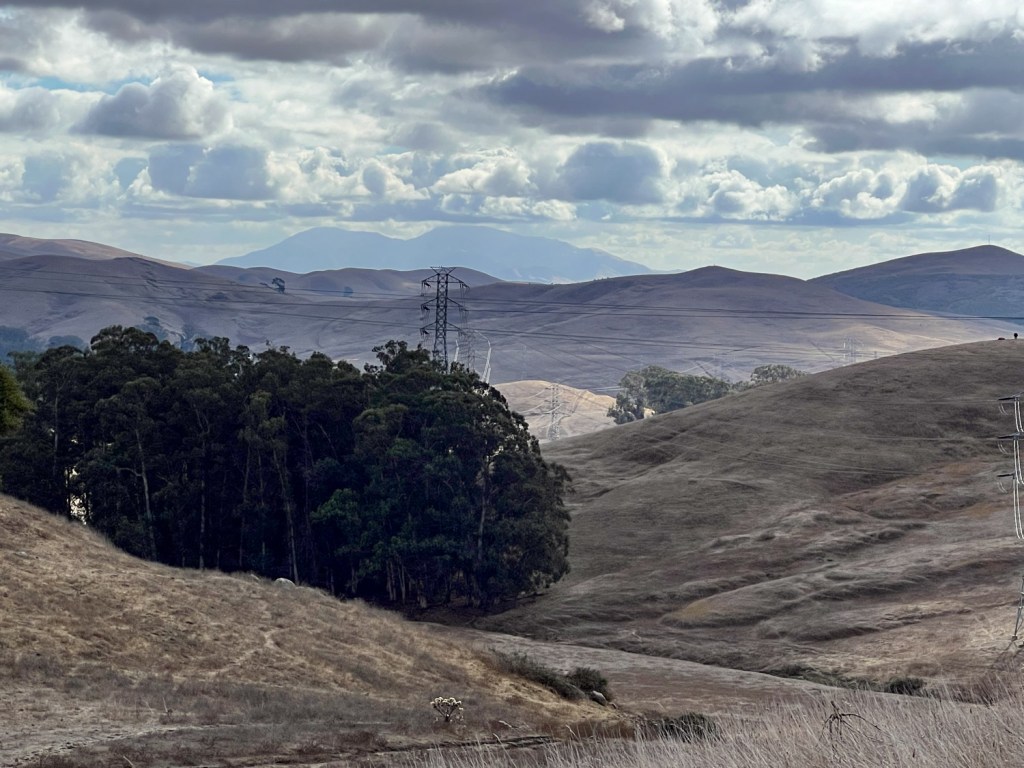










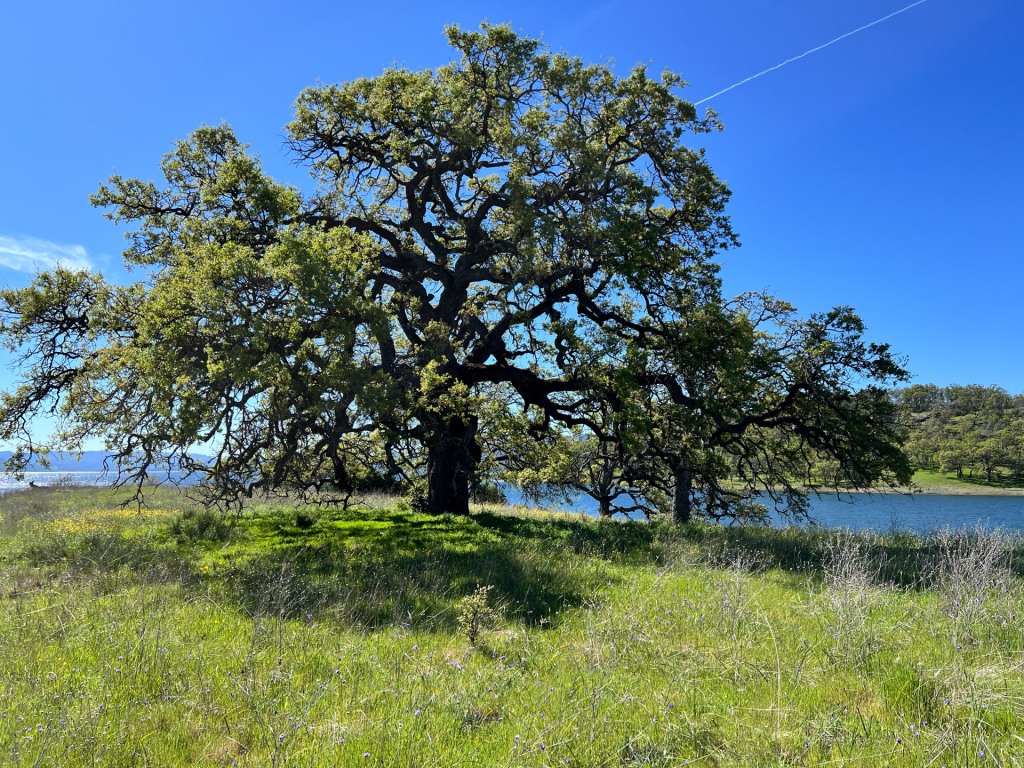
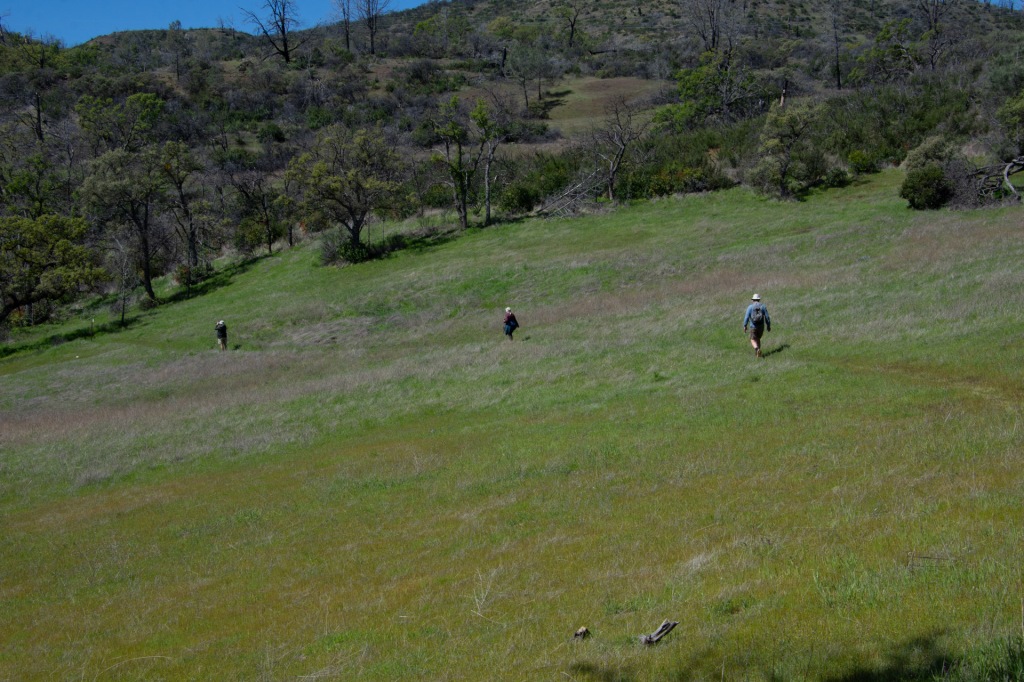






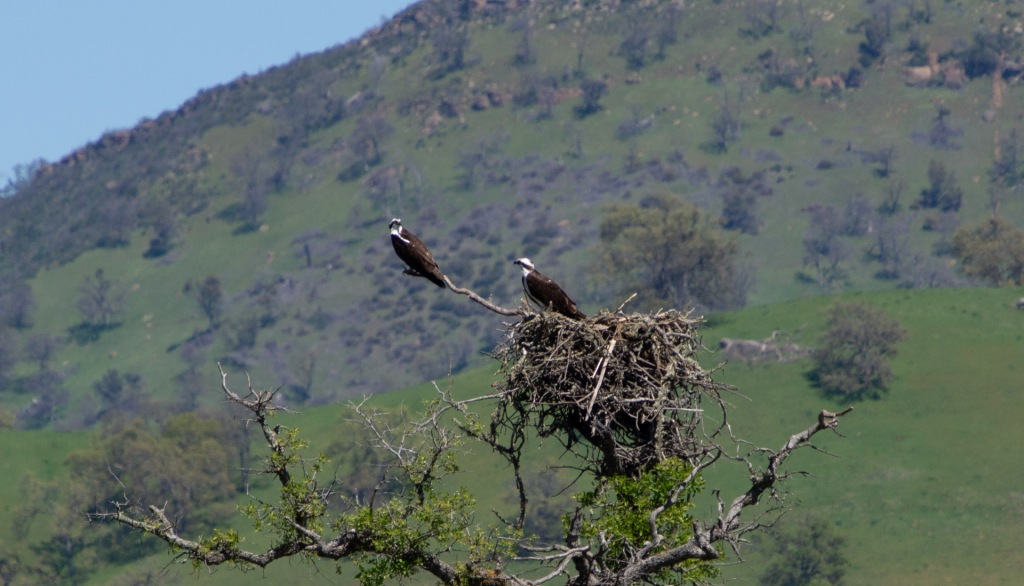


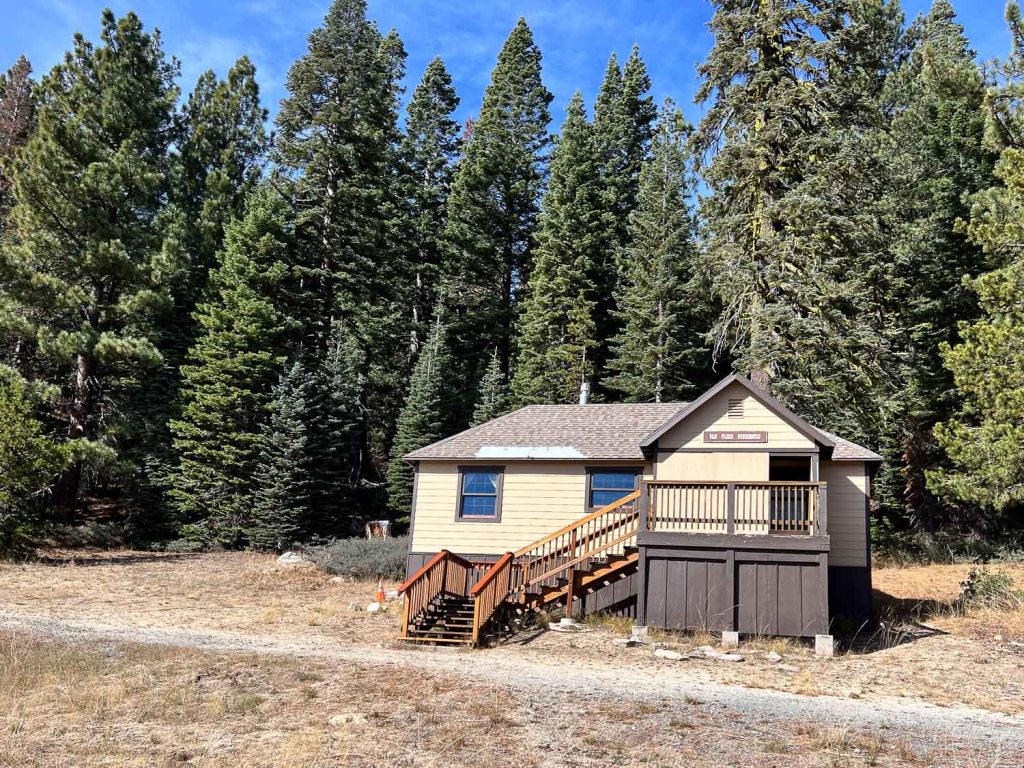


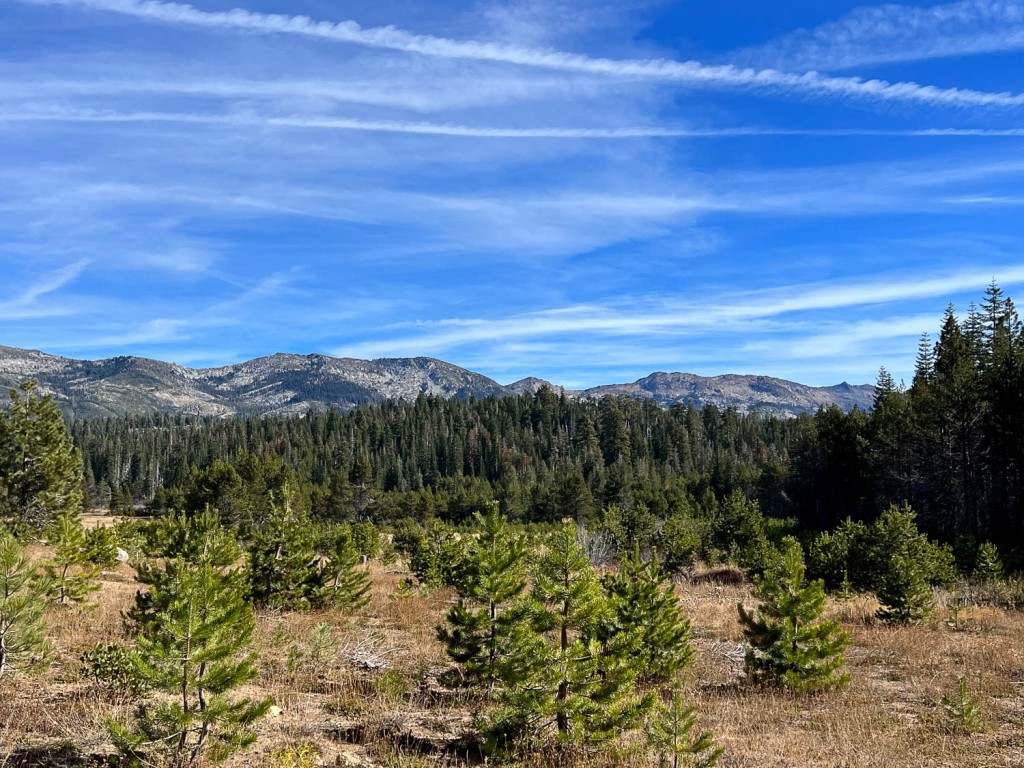

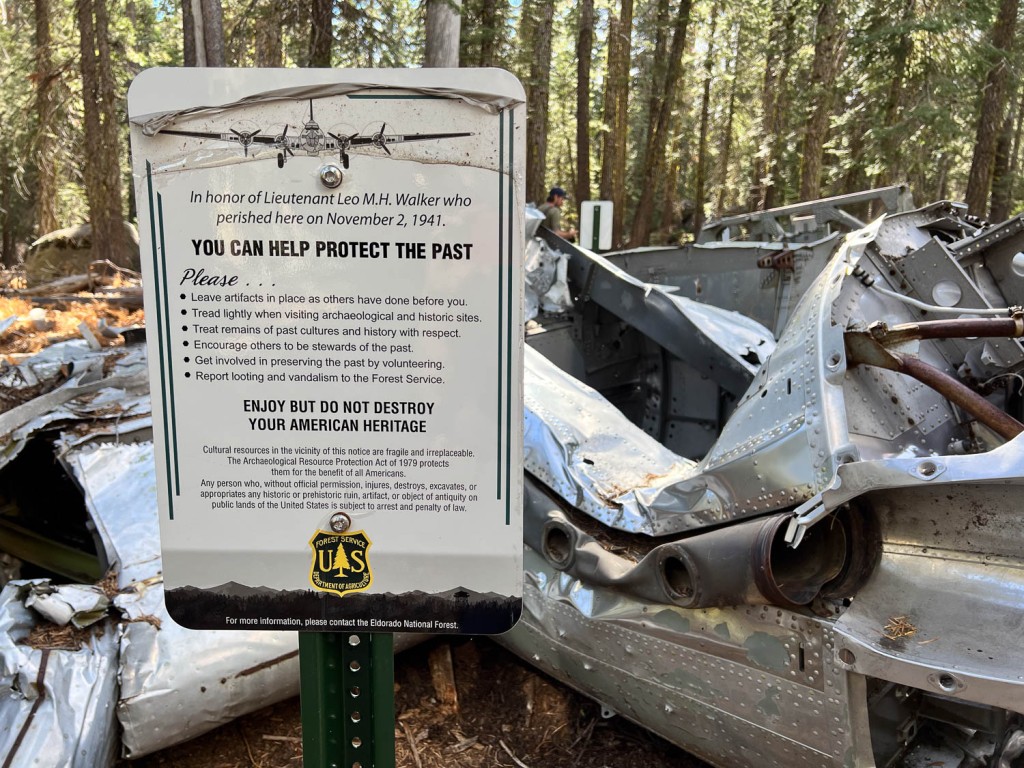

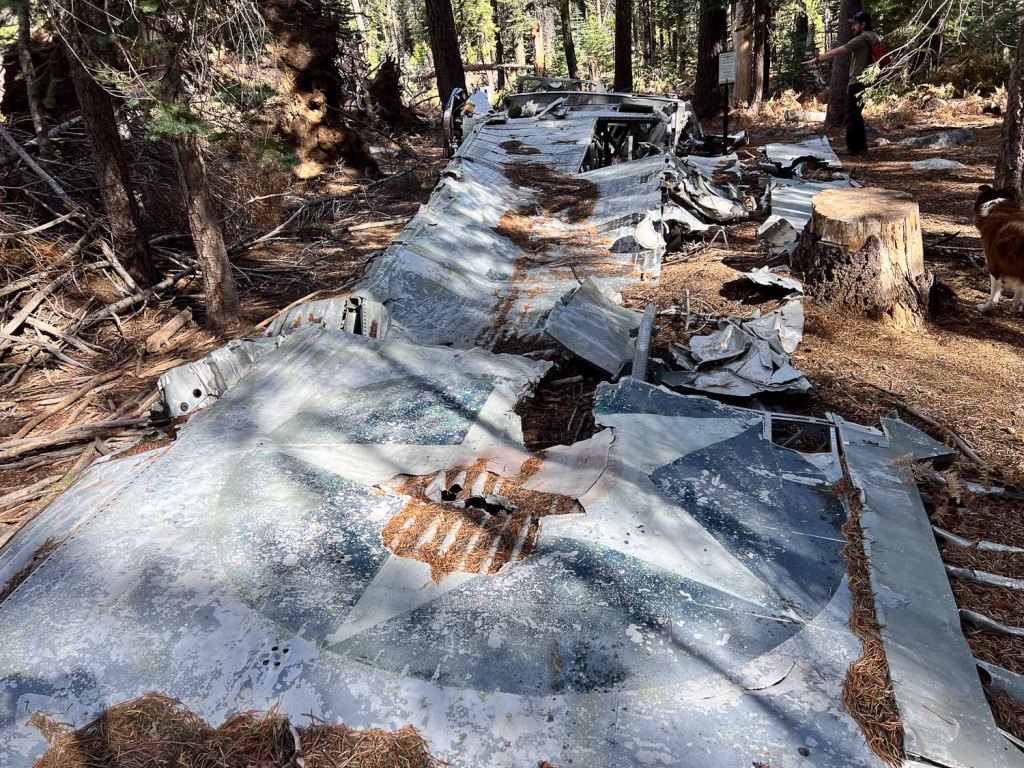
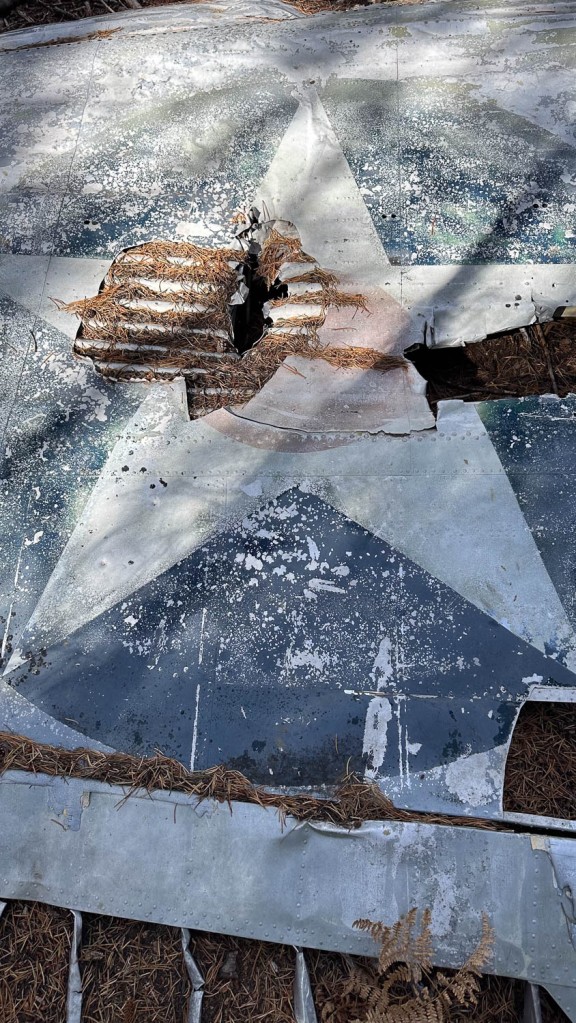
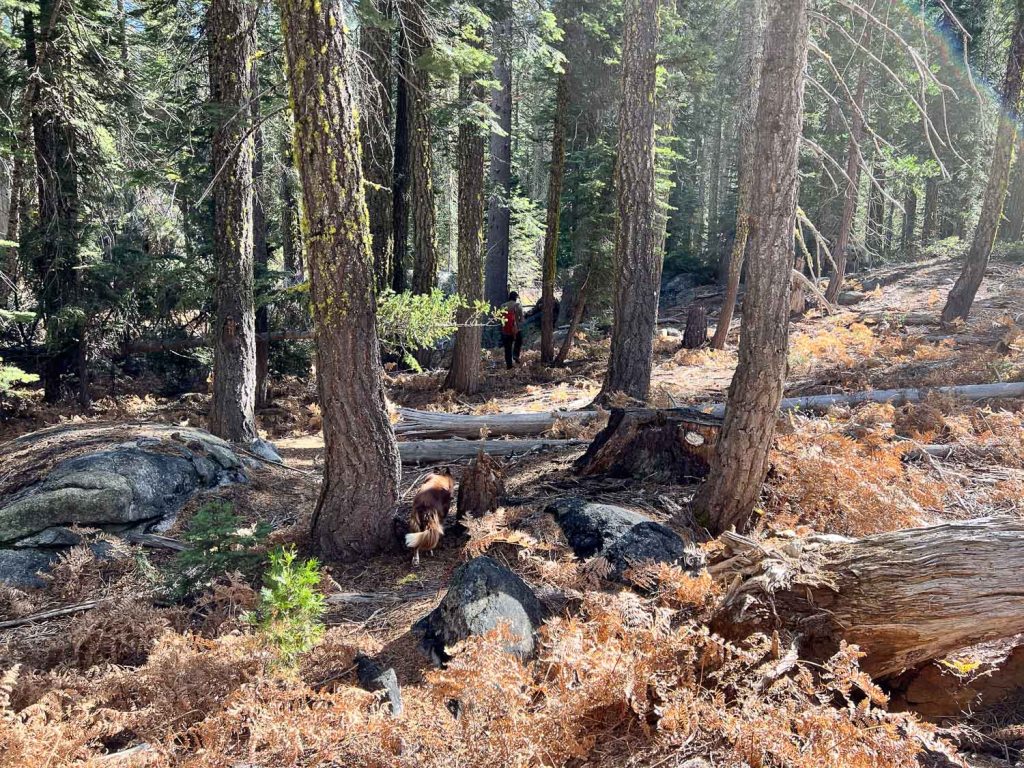

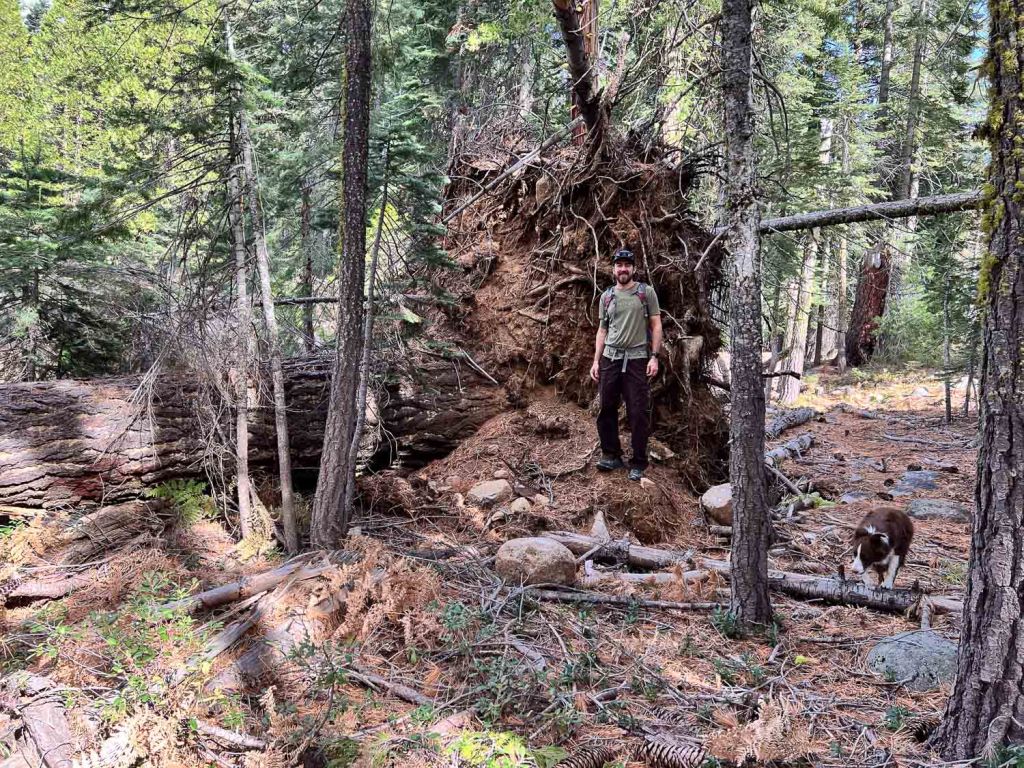
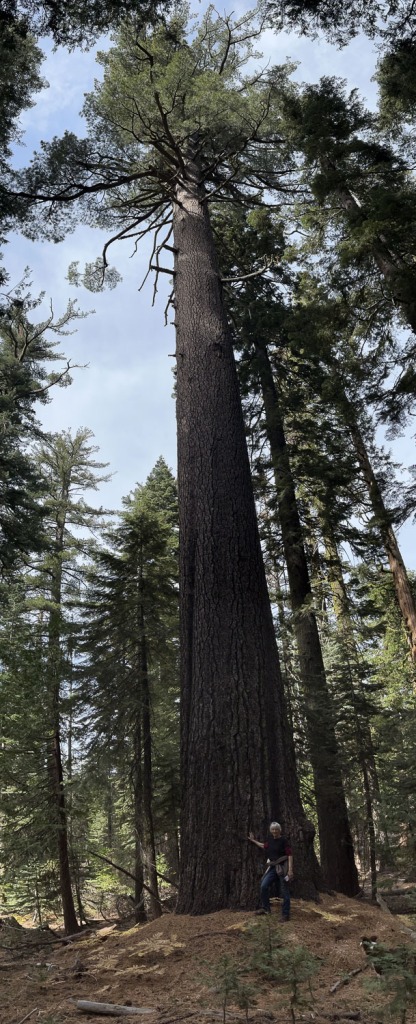


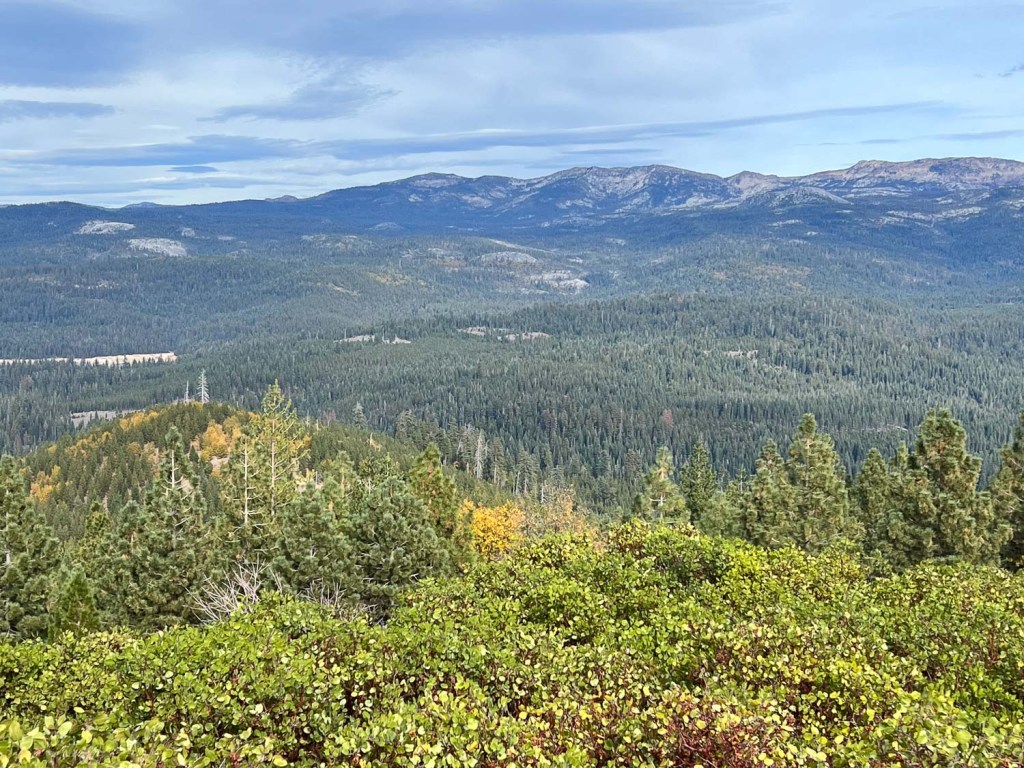
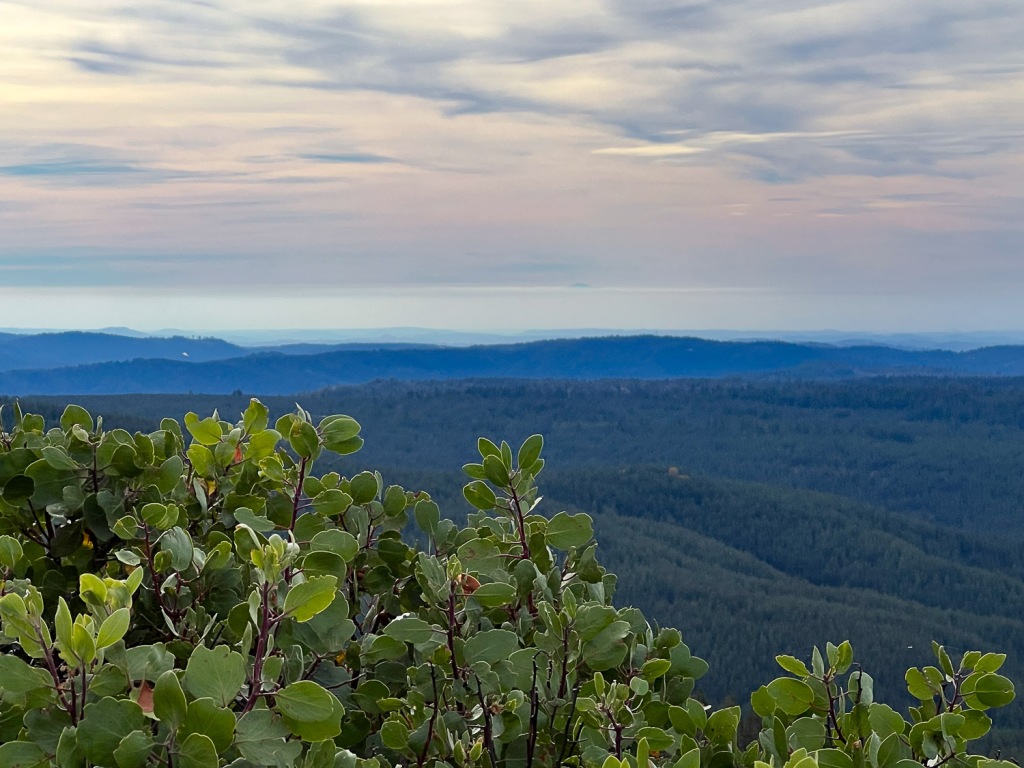
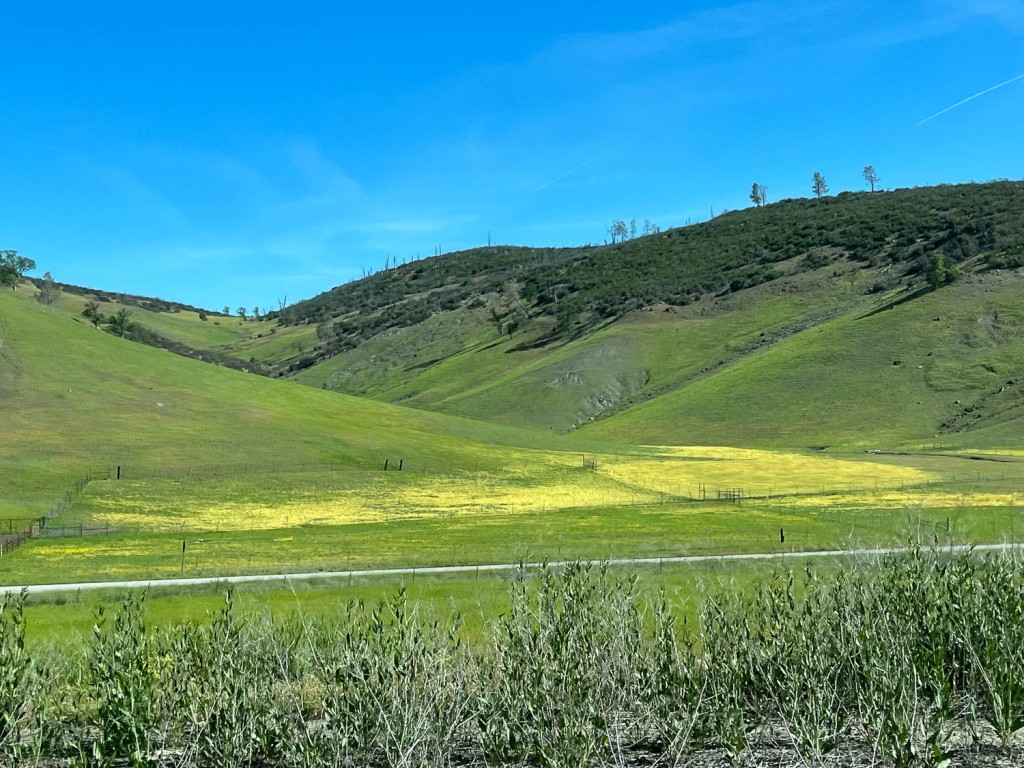

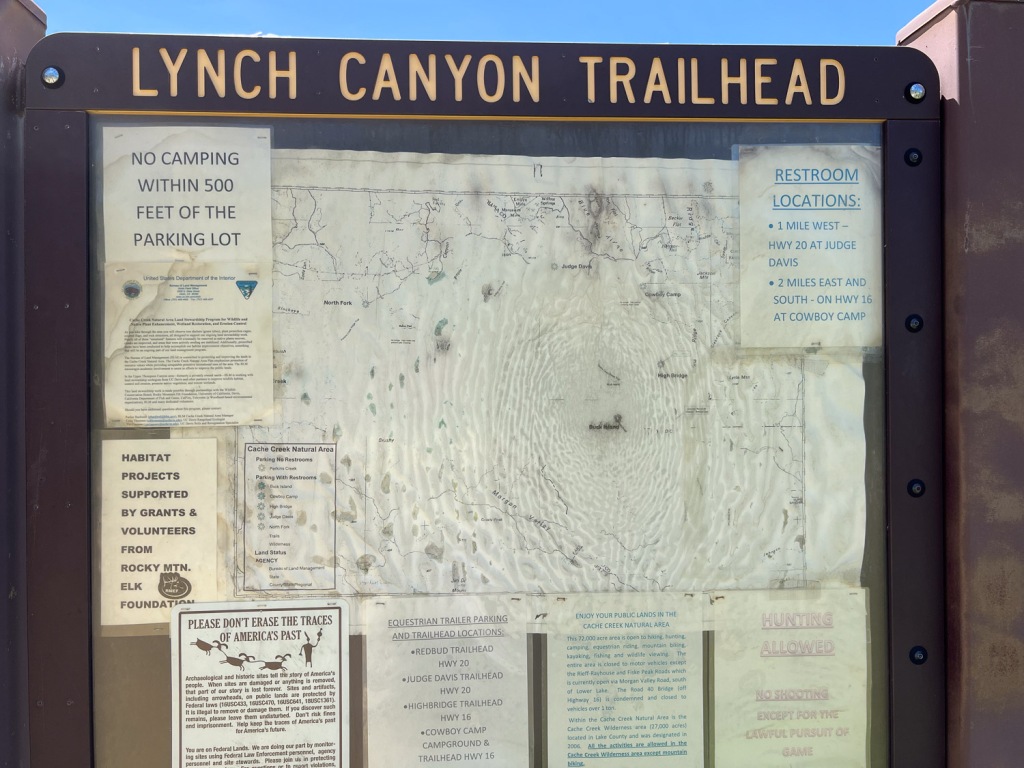
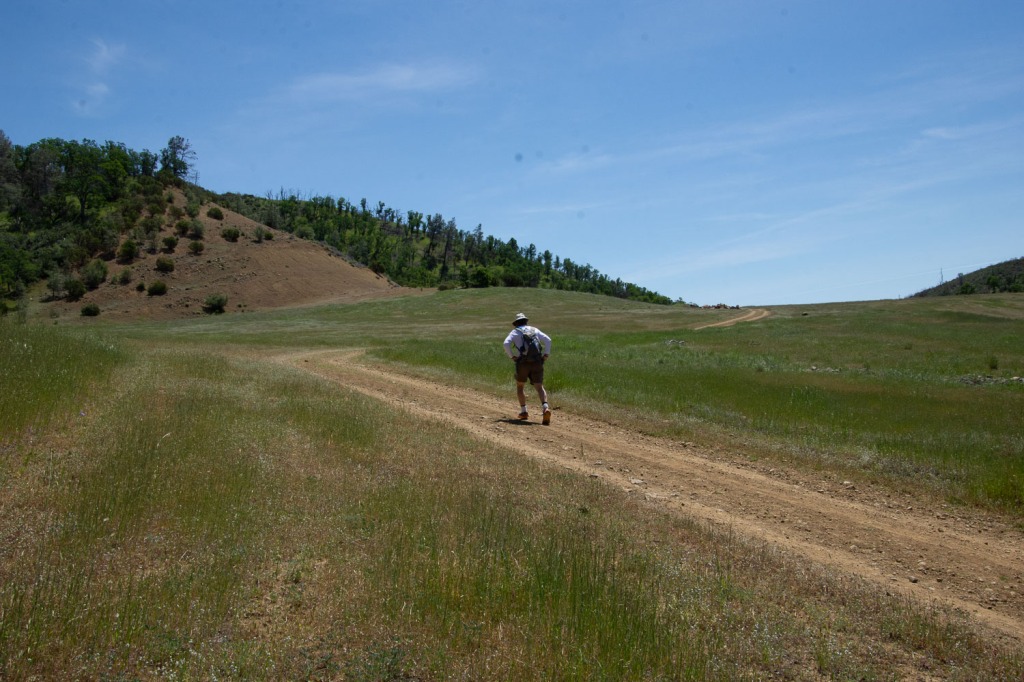
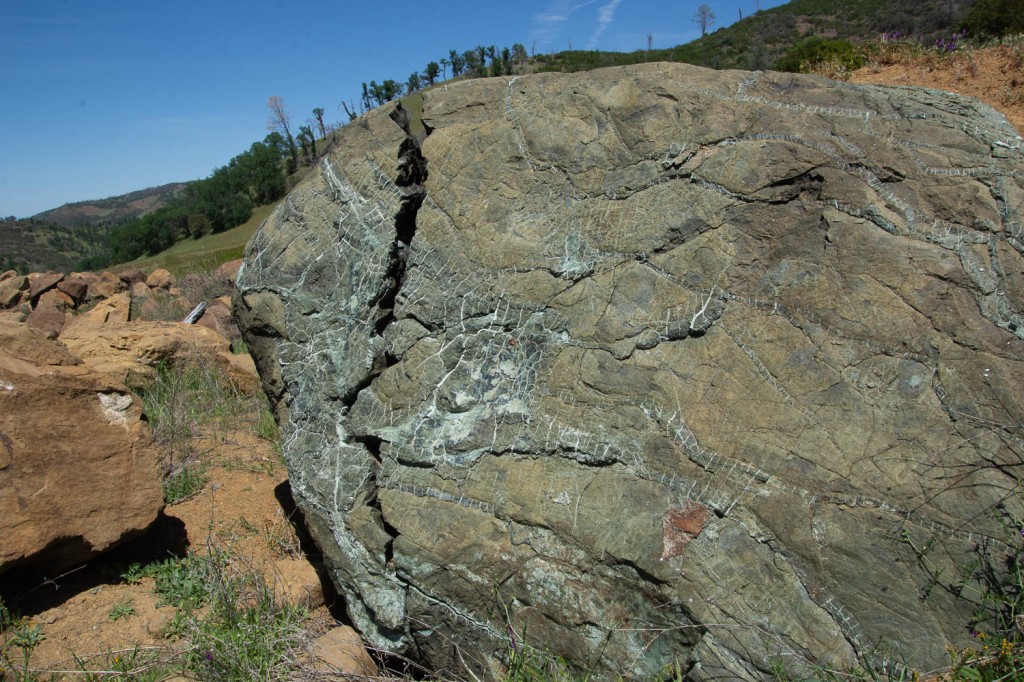


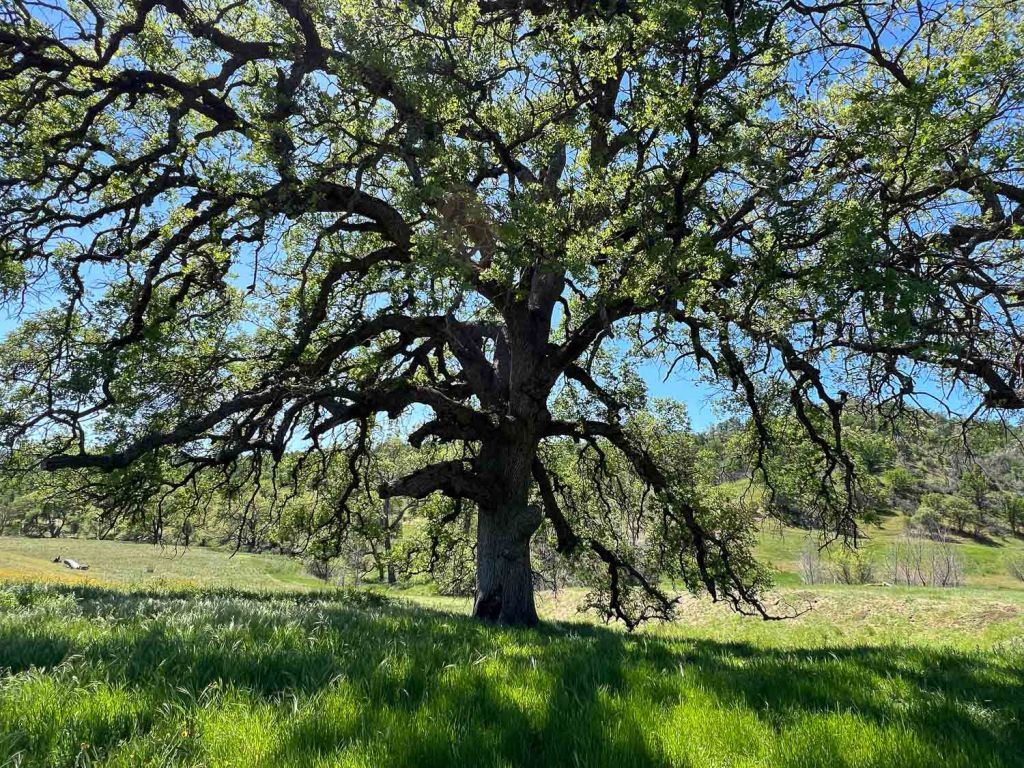

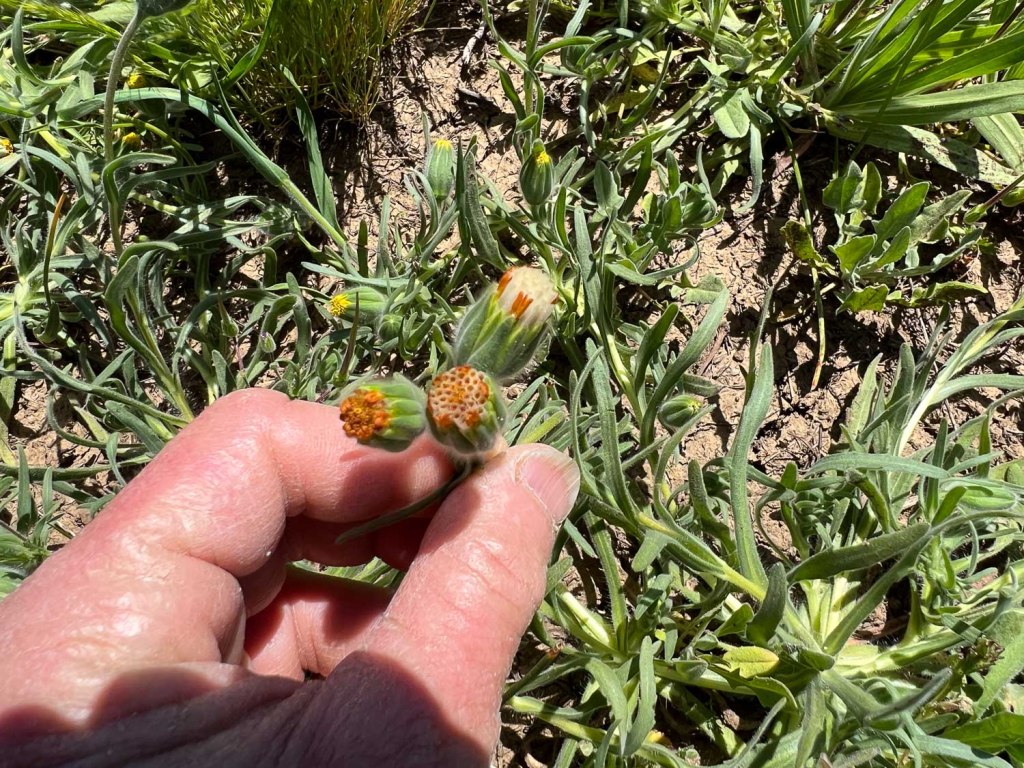


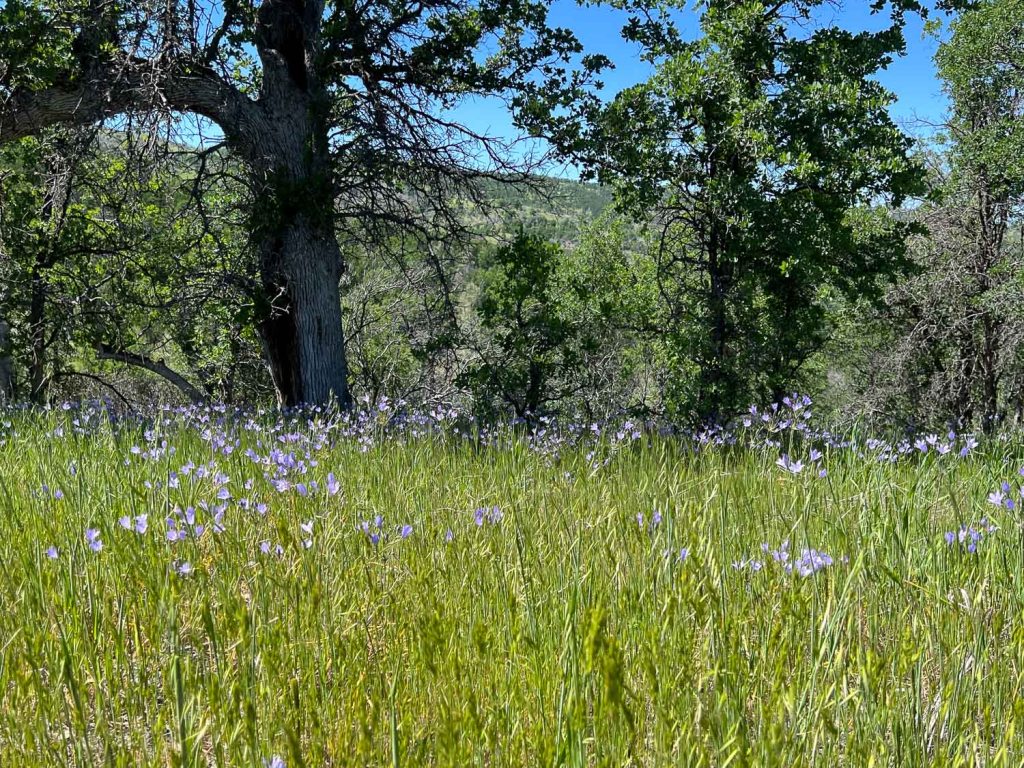

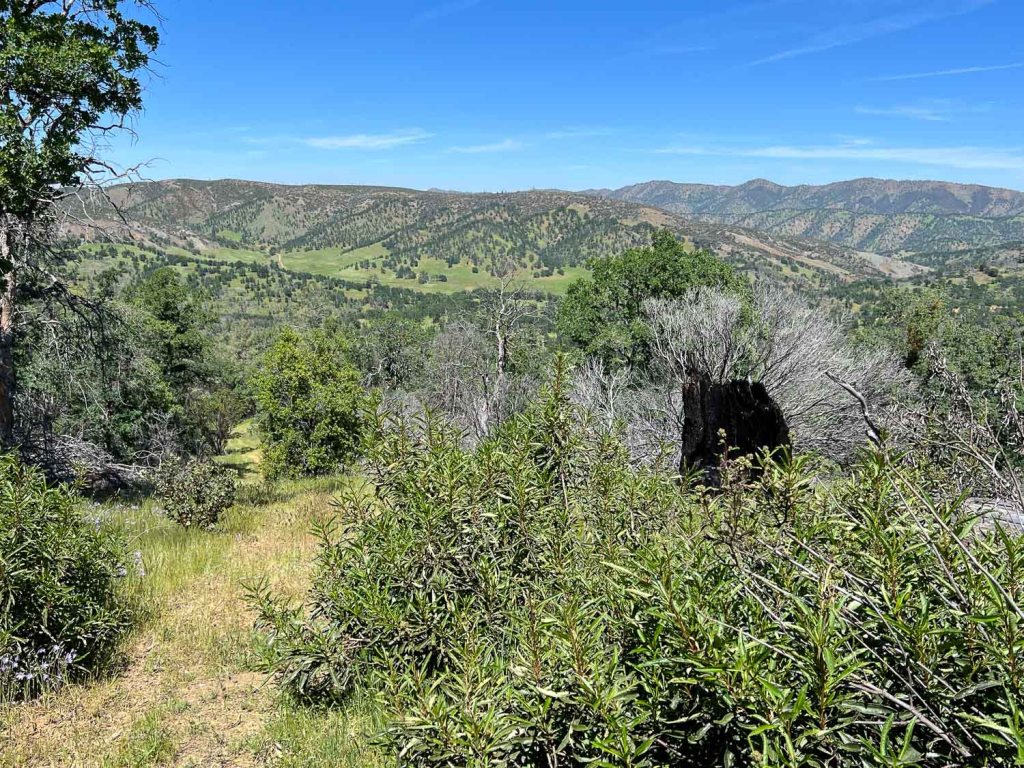


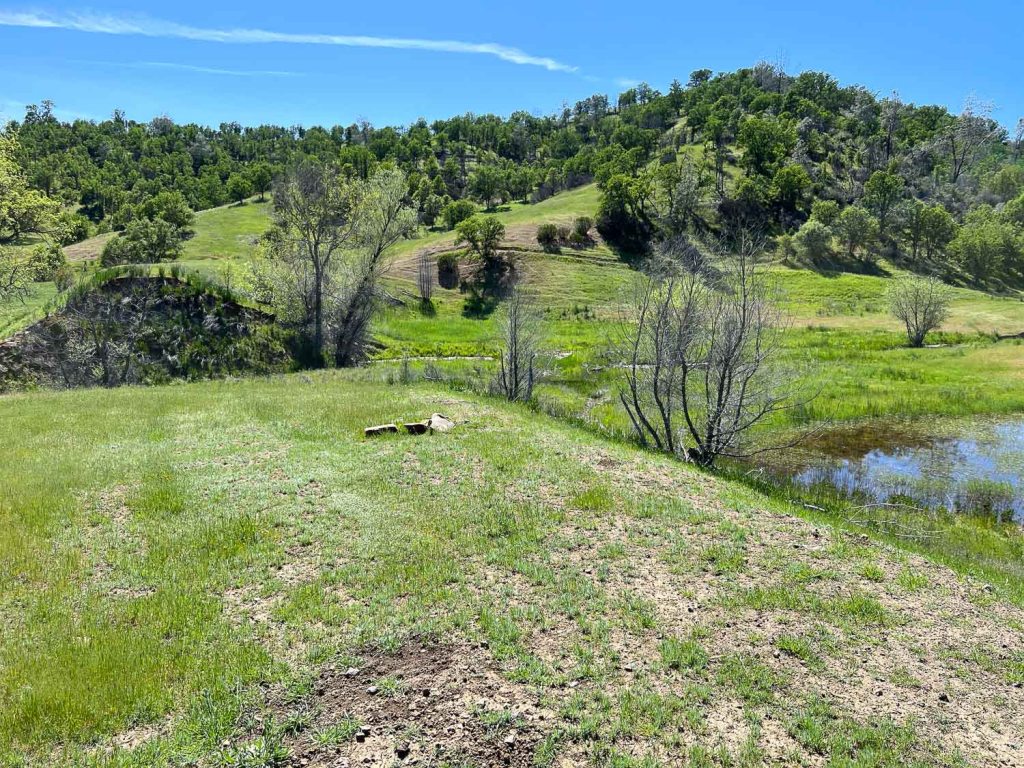

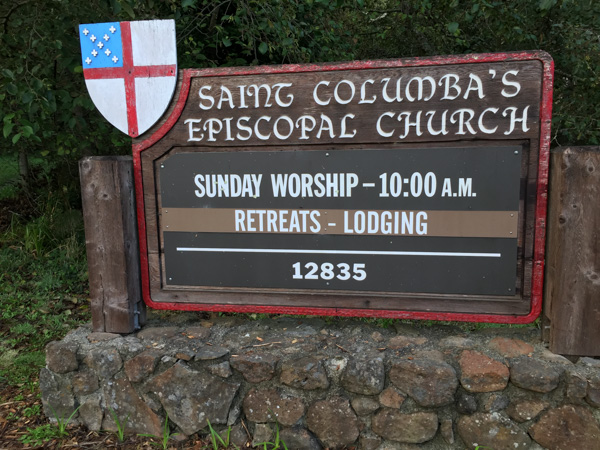 This local church was booked for any of the Fibershed group who wanted to spend the night after the long day at the Symposium.
This local church was booked for any of the Fibershed group who wanted to spend the night after the long day at the Symposium.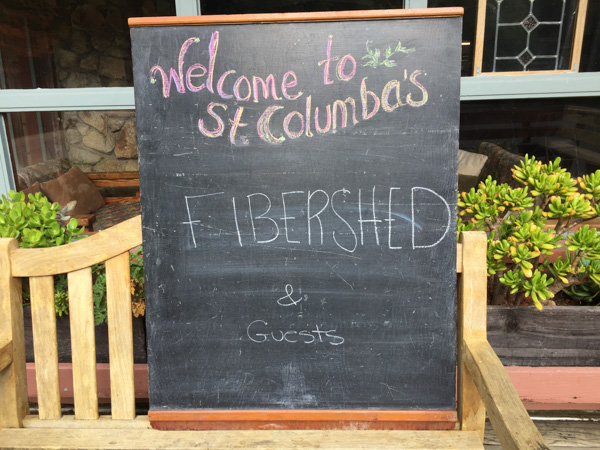
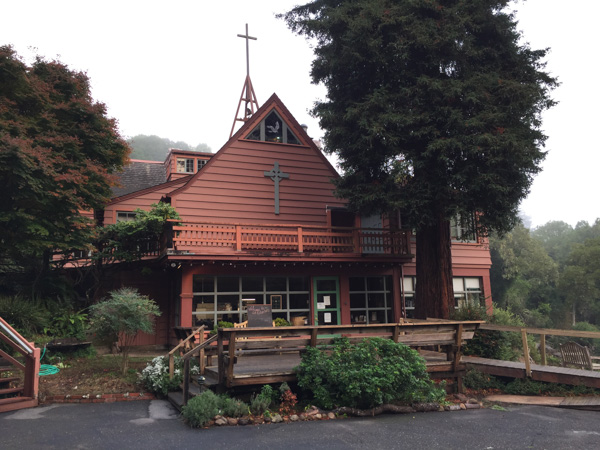 It is a great place to stay for anyone traveling in that area.
It is a great place to stay for anyone traveling in that area. 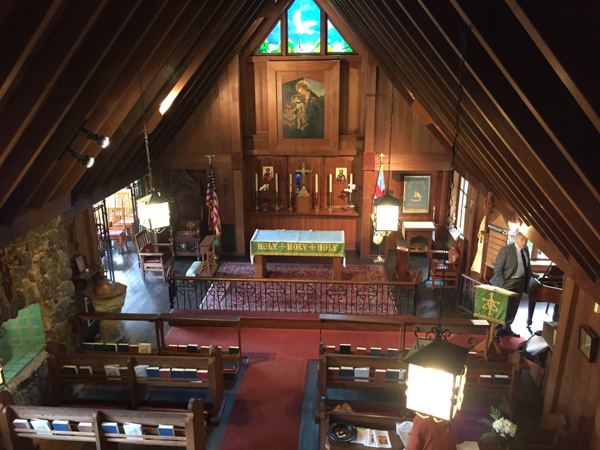 This was originally a house that was purchased from the Frick family in 1950 and turned into a church. There is a fascinating multi-level maze of rooms and halls and stairways. This view looks down from the third floor on what was originally the family’s living room.
This was originally a house that was purchased from the Frick family in 1950 and turned into a church. There is a fascinating multi-level maze of rooms and halls and stairways. This view looks down from the third floor on what was originally the family’s living room.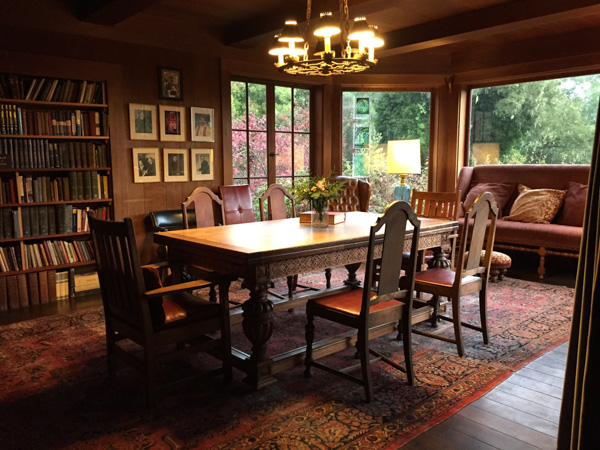 I love this dining area, partly because the table is of the same era (at least from looking at some of it’s features) as the table that my mom bought and we still use, although this one is in much better shape than ours.
I love this dining area, partly because the table is of the same era (at least from looking at some of it’s features) as the table that my mom bought and we still use, although this one is in much better shape than ours. I stayed in this bedroom with five other women. There are several bedrooms with different numbers of beds. I think the place can accommodate 36 people.
I stayed in this bedroom with five other women. There are several bedrooms with different numbers of beds. I think the place can accommodate 36 people.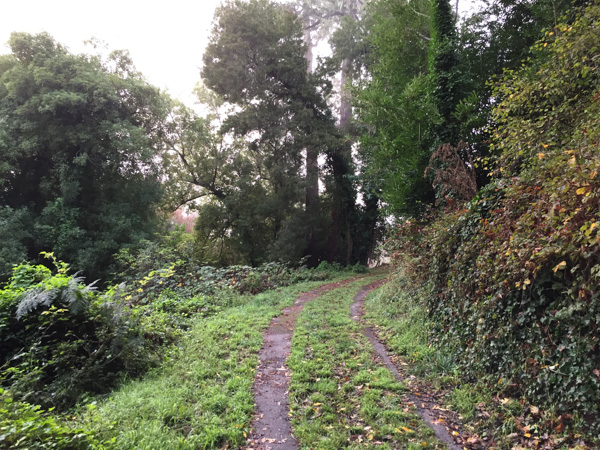 When I got up on Sunday morning I decided to take a walk before our meeting and headed up a road I found behind the church.
When I got up on Sunday morning I decided to take a walk before our meeting and headed up a road I found behind the church.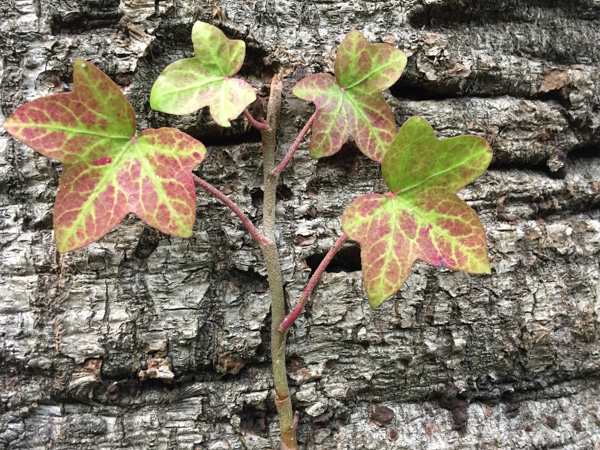 This is my kind of Sunday morning.
This is my kind of Sunday morning.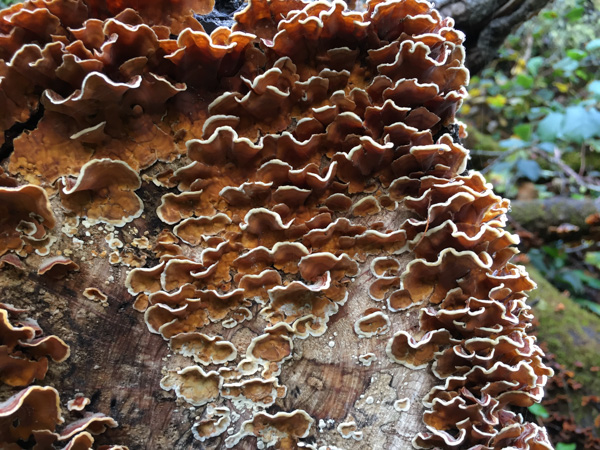
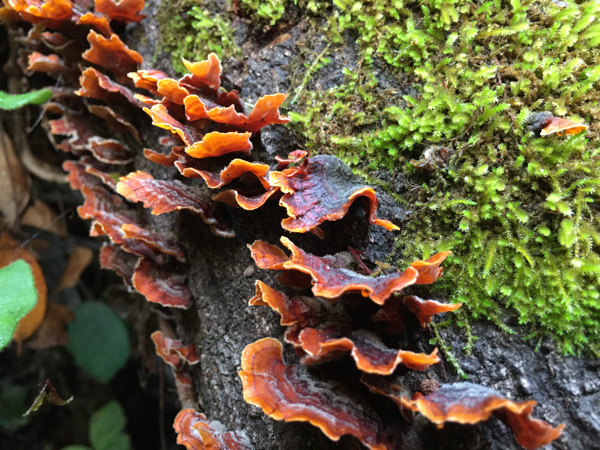
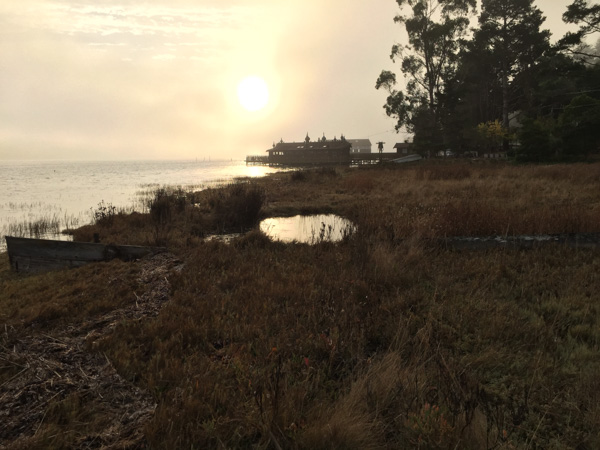 The road I found led me back down to the main road and Tomales Bay.
The road I found led me back down to the main road and Tomales Bay. It is great when you find open space accessible to the public.
It is great when you find open space accessible to the public.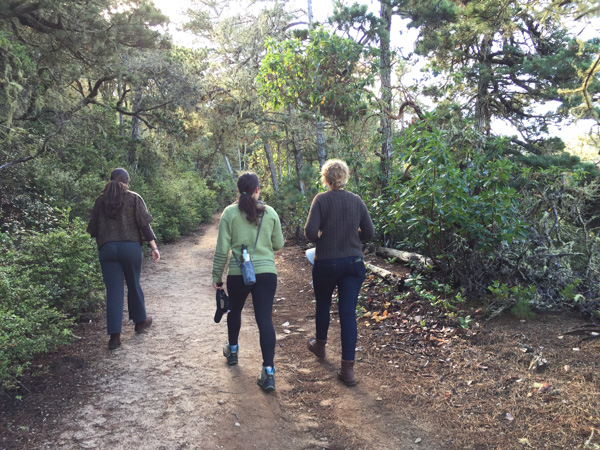
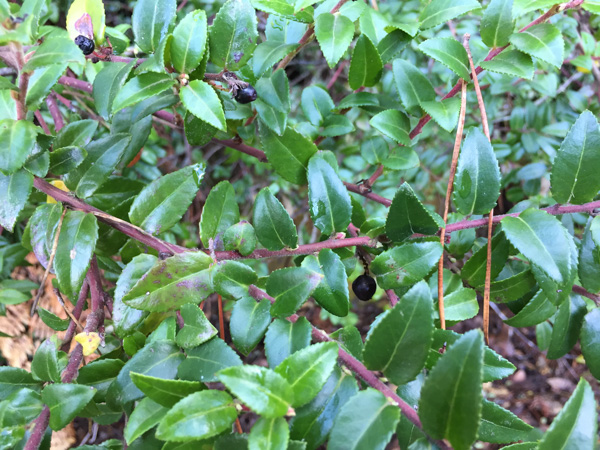 Rebecca pointed out huckleberries which were still on the bushes, although the normal harvest season was over. I wouldn’t have known and would have avoided these unknown berries.
Rebecca pointed out huckleberries which were still on the bushes, although the normal harvest season was over. I wouldn’t have known and would have avoided these unknown berries.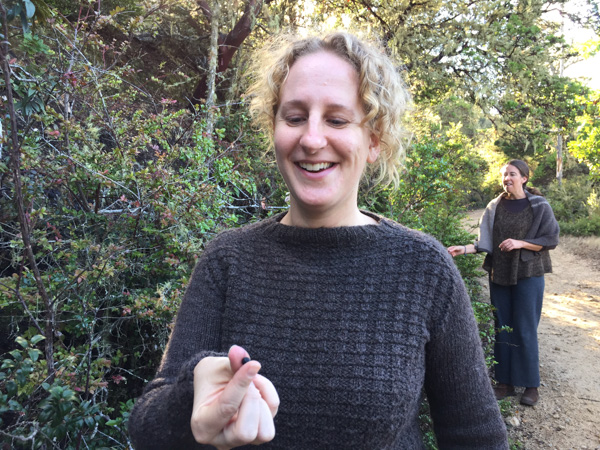 Stephanie (wearing her handknit Jacob sweater) ate her share as did the rest of us.
Stephanie (wearing her handknit Jacob sweater) ate her share as did the rest of us.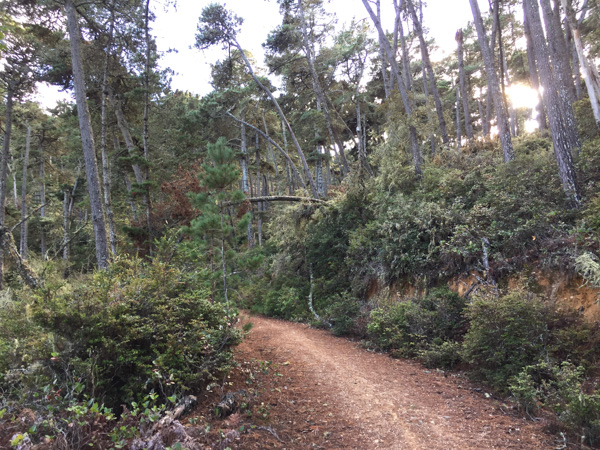
 This is a much wetter area than where I usually find myself and there were still signs of the previous night’s rain.
This is a much wetter area than where I usually find myself and there were still signs of the previous night’s rain.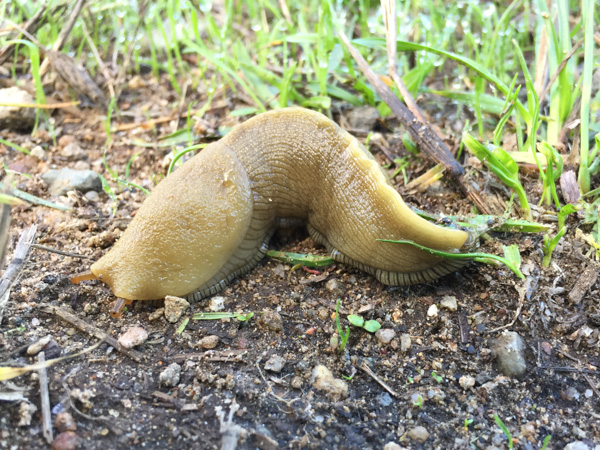 Another testament to the dampness were the large slugs that we saw.
Another testament to the dampness were the large slugs that we saw.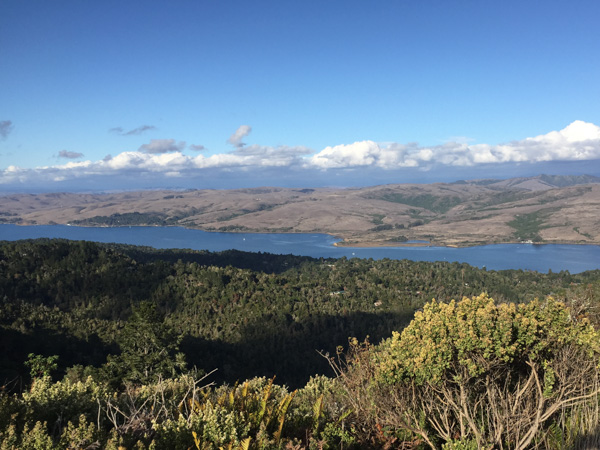 The view overlooking Tomales Bay. What a beautiful day we had!
The view overlooking Tomales Bay. What a beautiful day we had!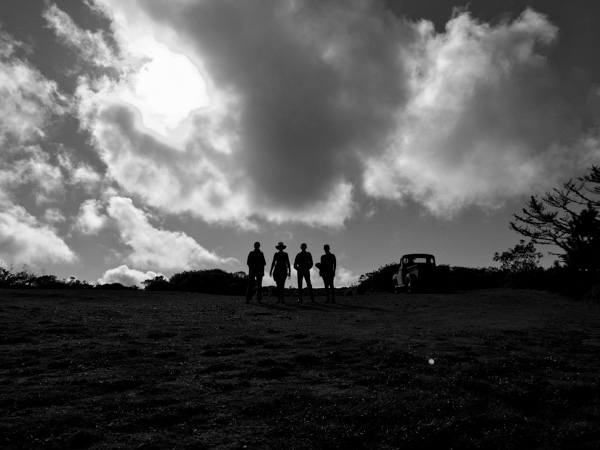 As we were coming back down from the ridge that has a view of the ocean, another hiker coming up the hill saw our silhouettes and offered to take our photo. This is the view that she saw.
As we were coming back down from the ridge that has a view of the ocean, another hiker coming up the hill saw our silhouettes and offered to take our photo. This is the view that she saw.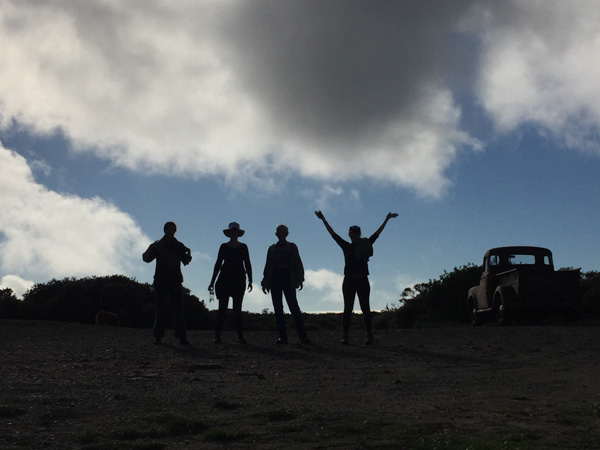
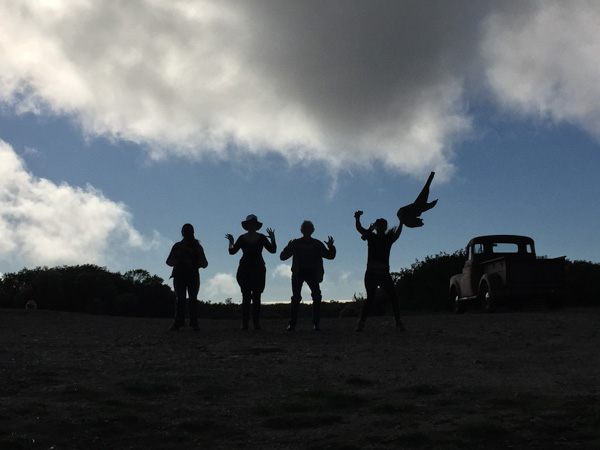
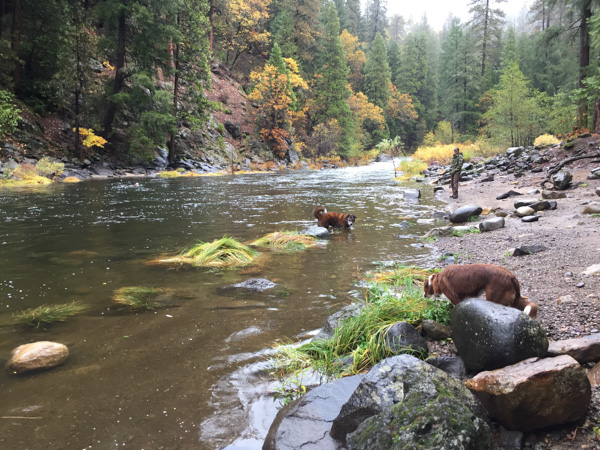
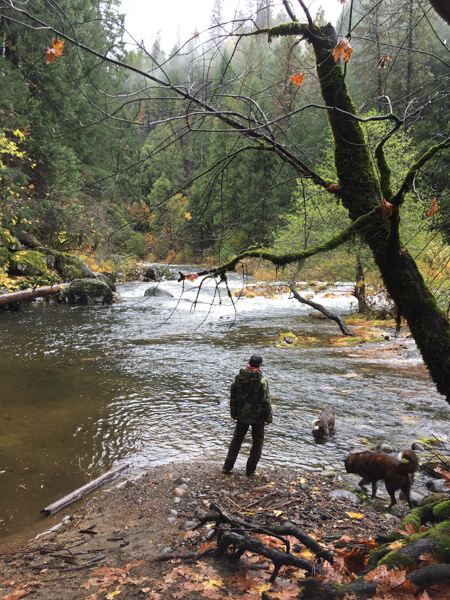
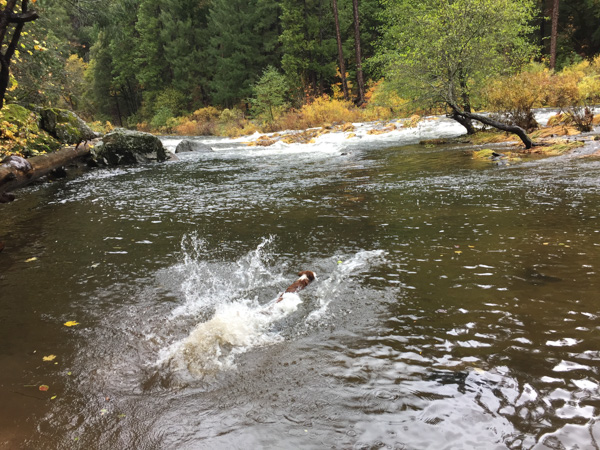
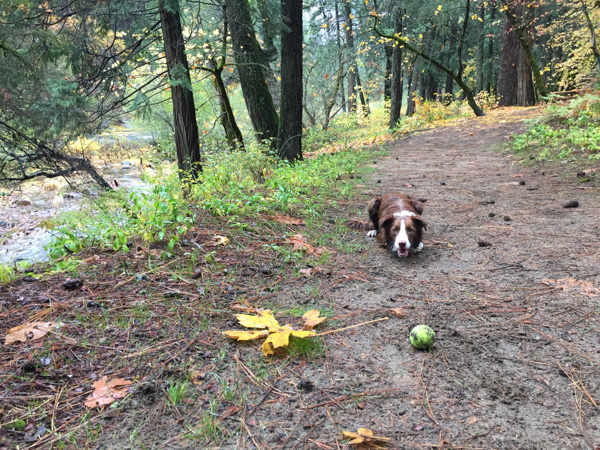
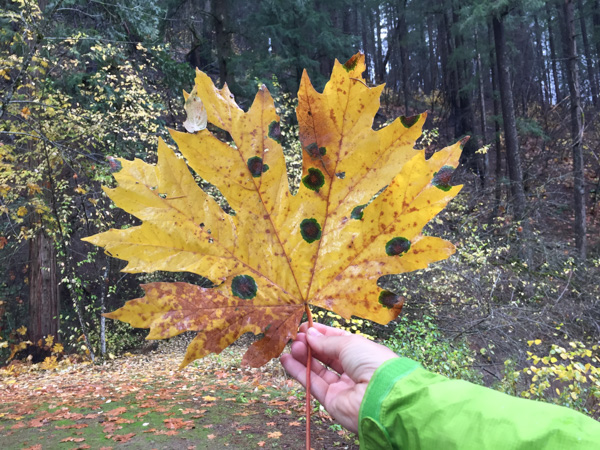
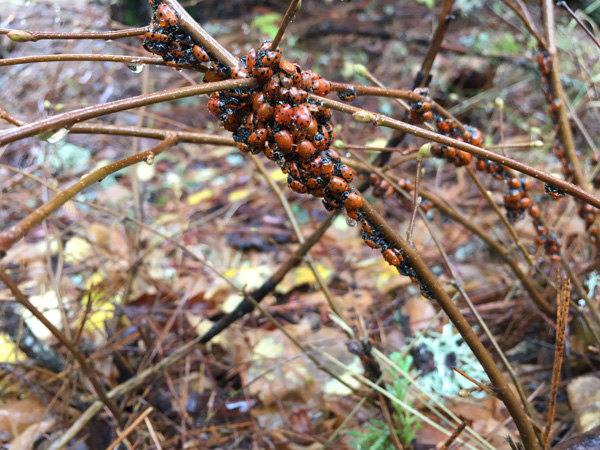
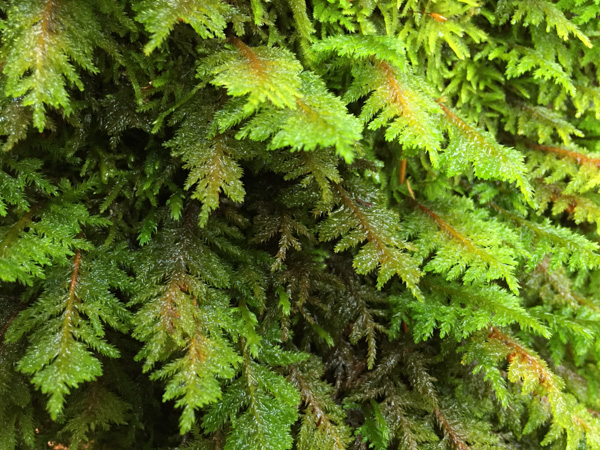
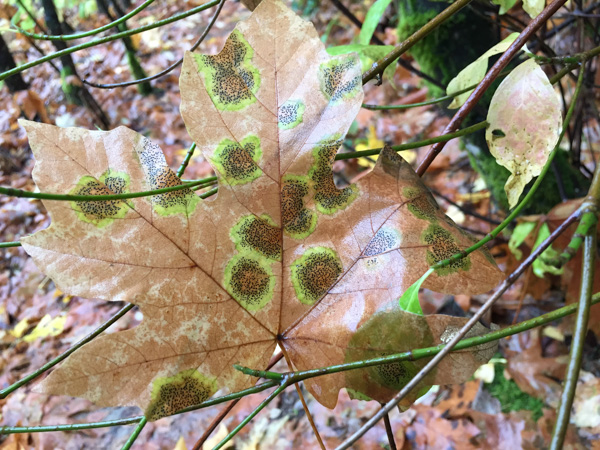
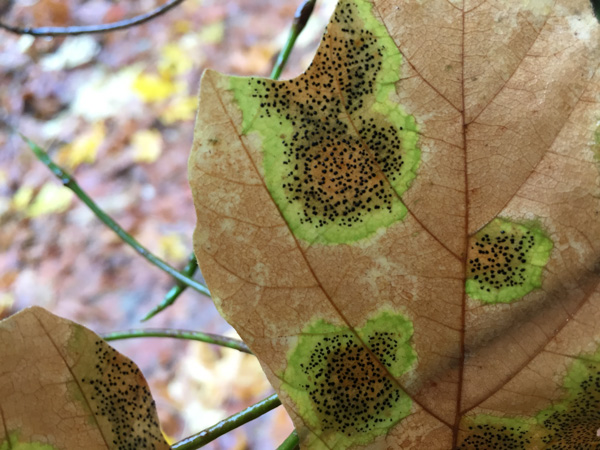
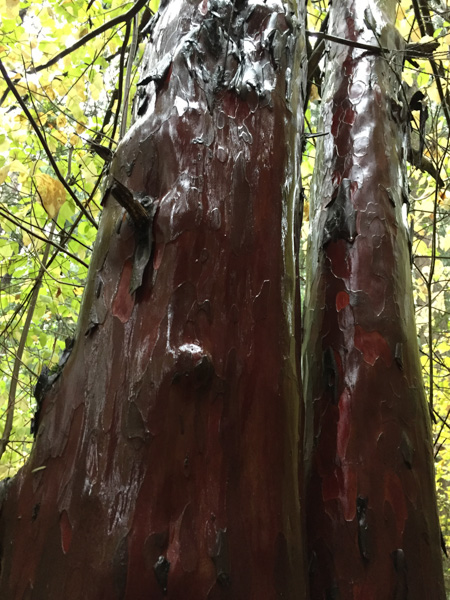
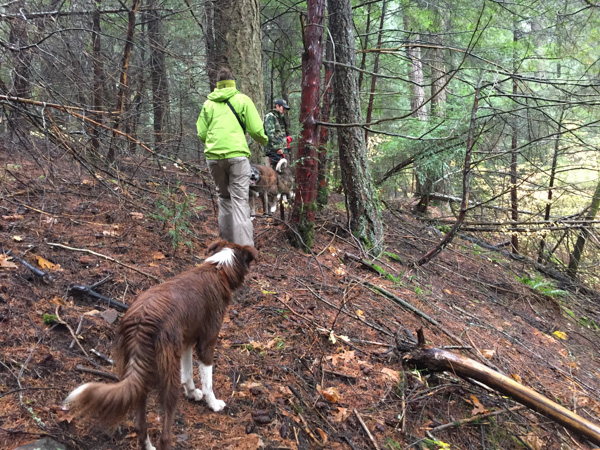
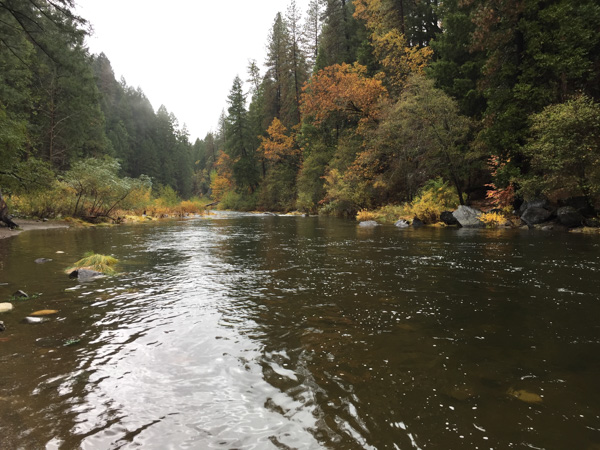
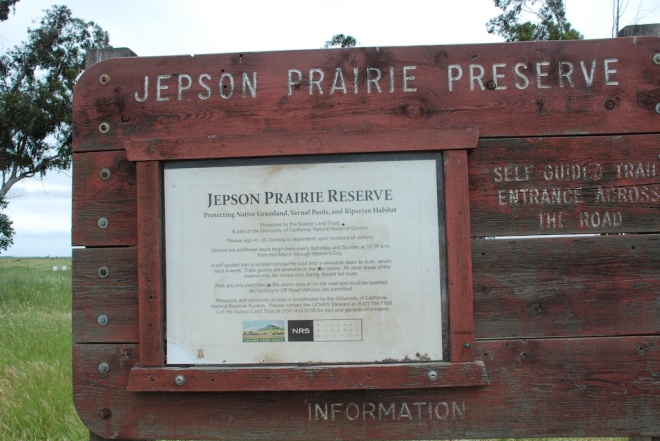
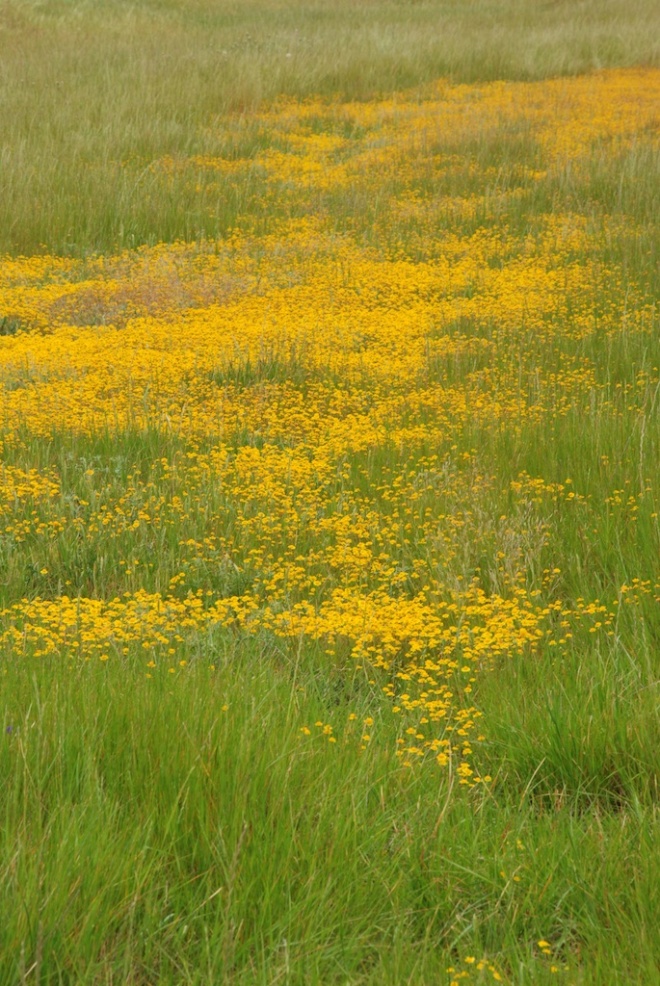
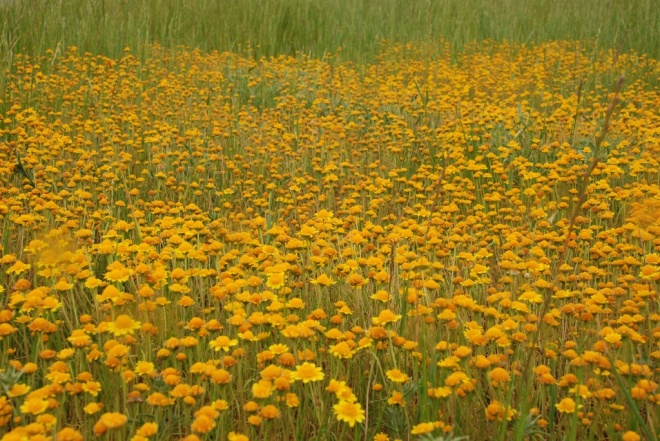
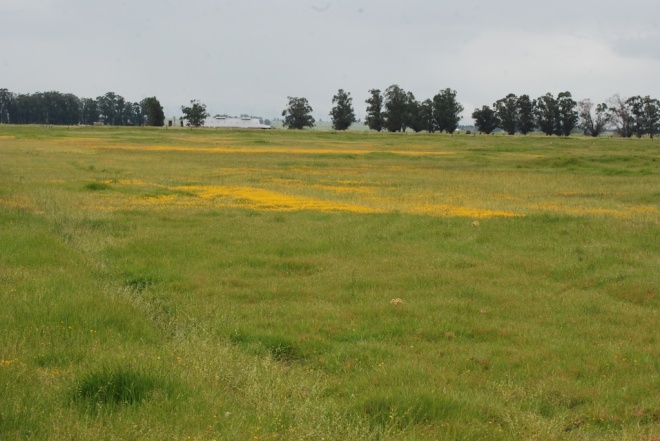
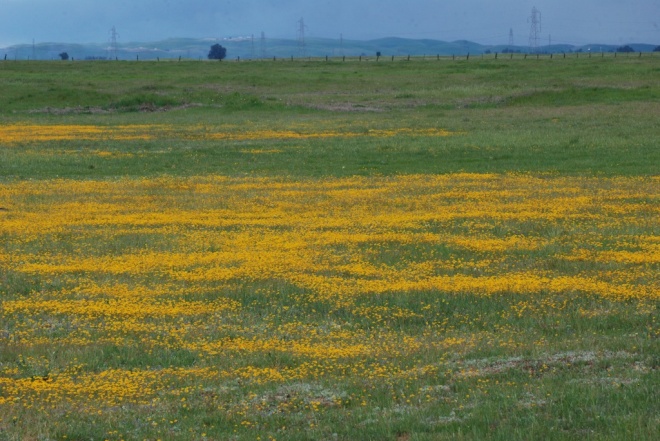
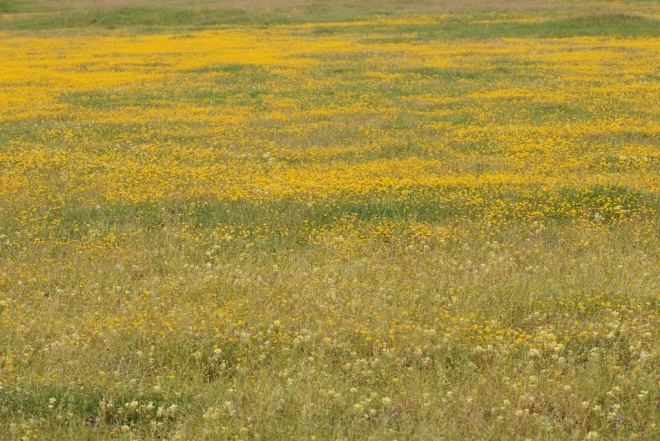

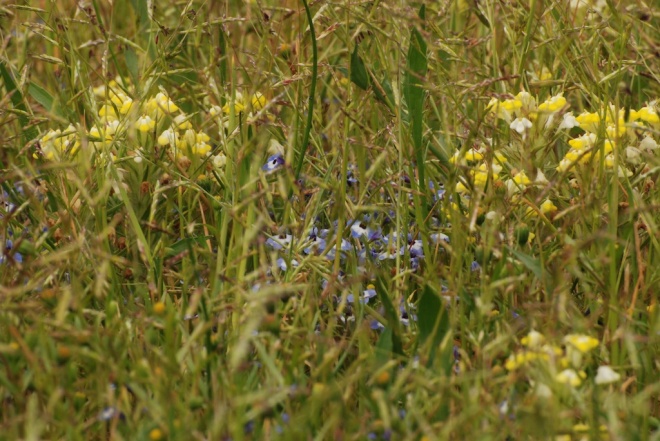

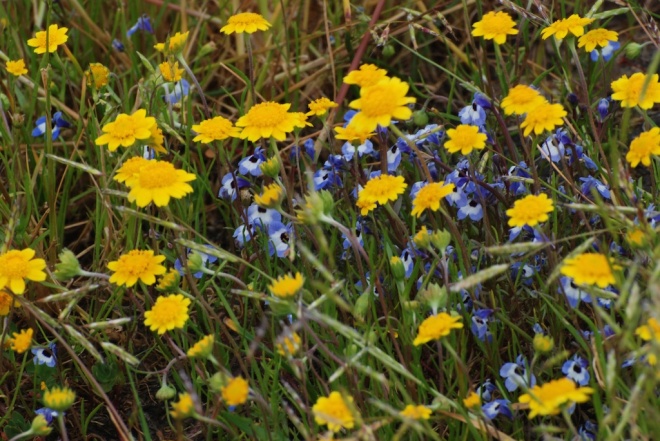
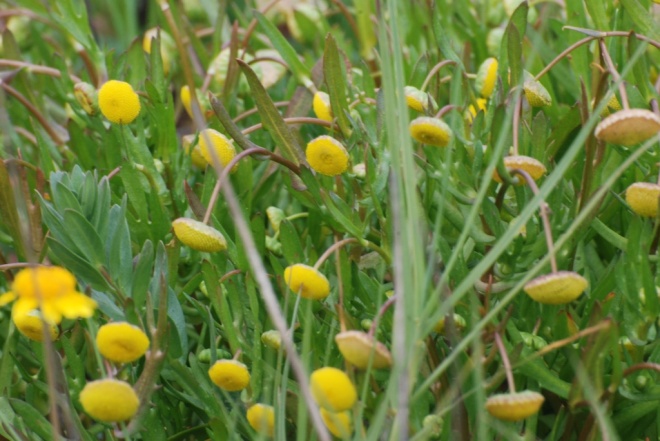
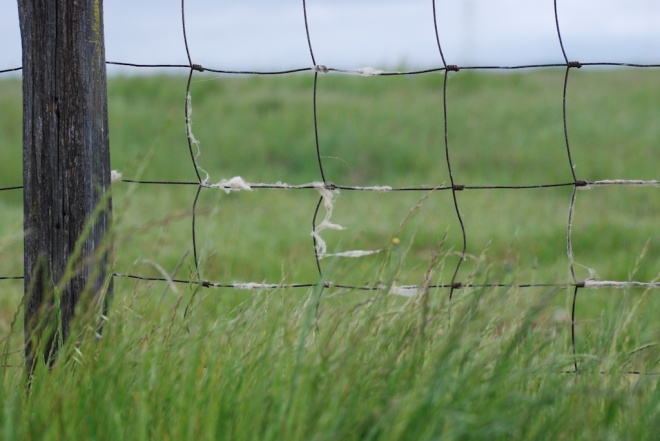
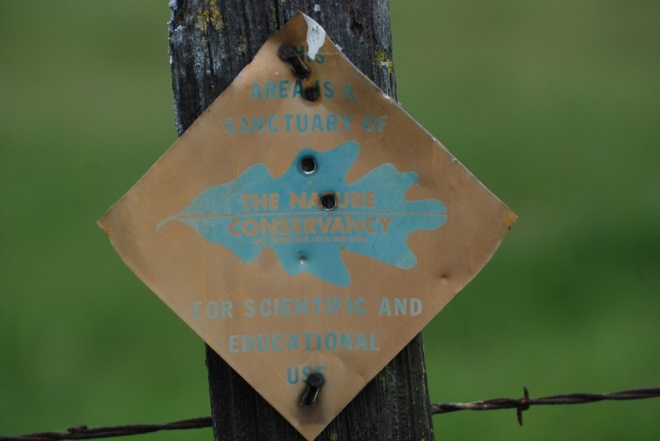
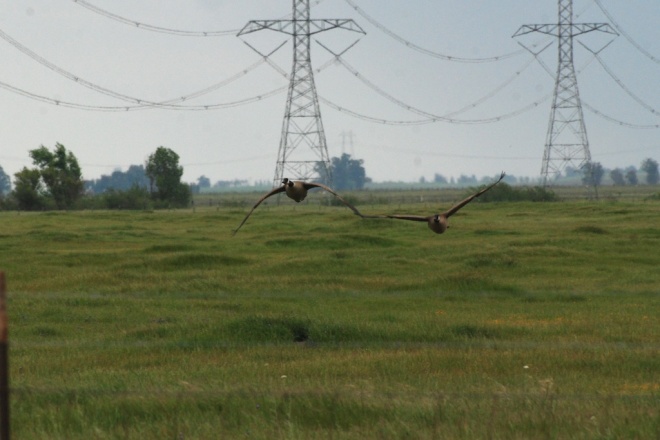
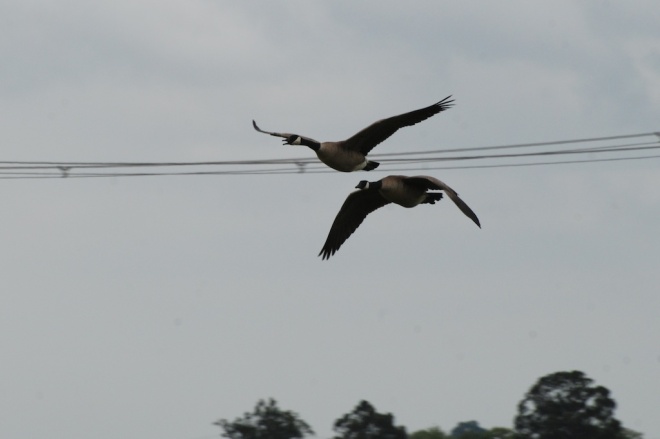
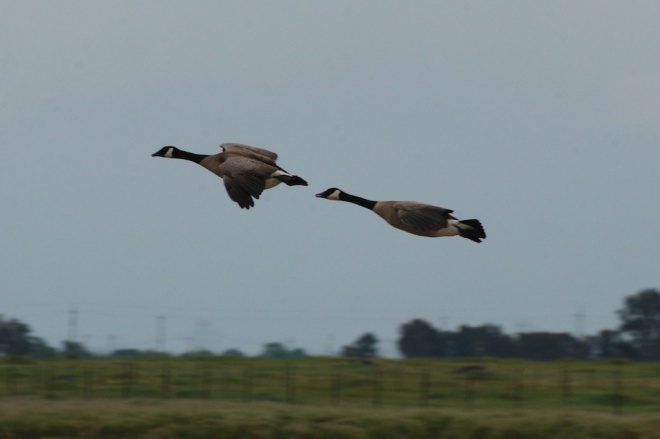
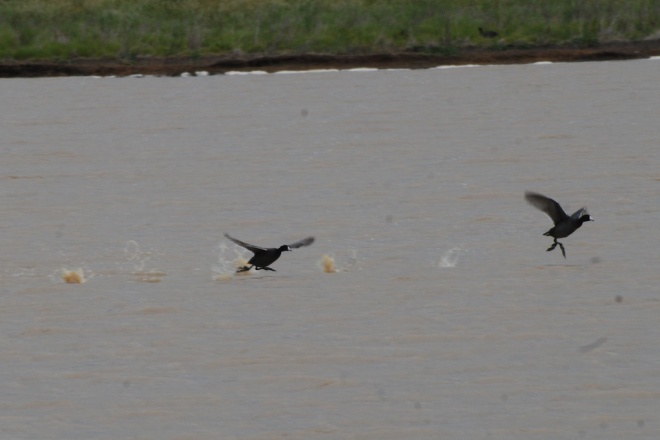 …but looked them up and found that “coots have strong legs and can walk and run vigorously. They tend to have short, rounded wings and are weak fliers”
…but looked them up and found that “coots have strong legs and can walk and run vigorously. They tend to have short, rounded wings and are weak fliers”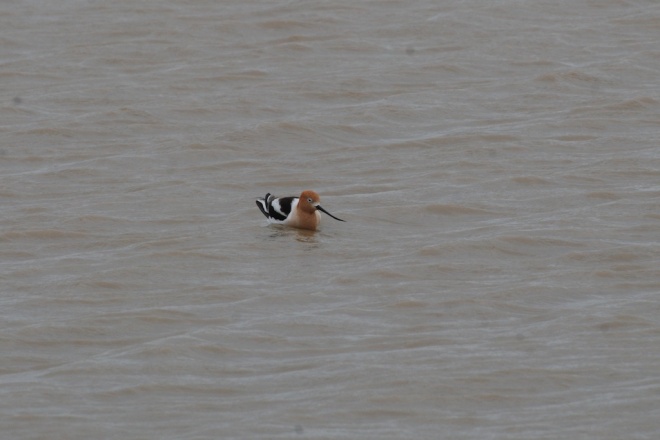 This bird is an avocet. I will admit that although I know the Canada goose, I didn’t know the other birds. I ran into a docent in the preserve and asked him. Maybe I’ll remember these two.
This bird is an avocet. I will admit that although I know the Canada goose, I didn’t know the other birds. I ran into a docent in the preserve and asked him. Maybe I’ll remember these two.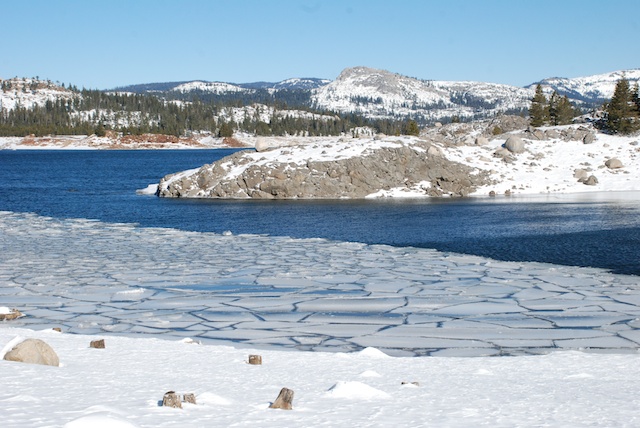
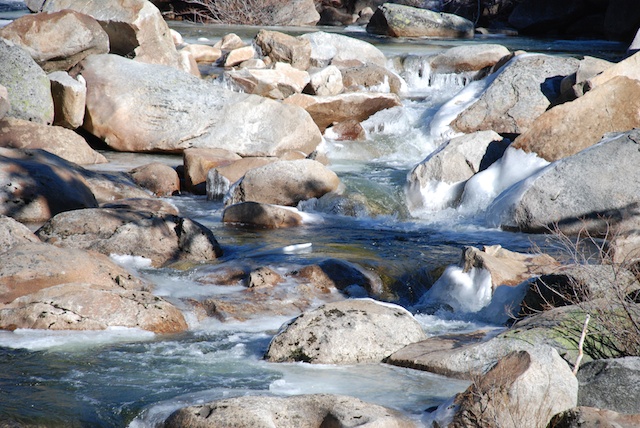 …to the trail to Bassi Falls at about 5400′ elevation.
…to the trail to Bassi Falls at about 5400′ elevation.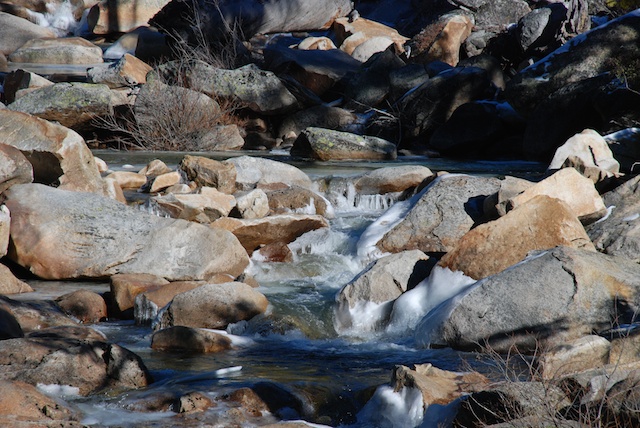 There wasn’t enough snow to snowshoe but there was no wind and the other signs of winter were still there.
There wasn’t enough snow to snowshoe but there was no wind and the other signs of winter were still there.